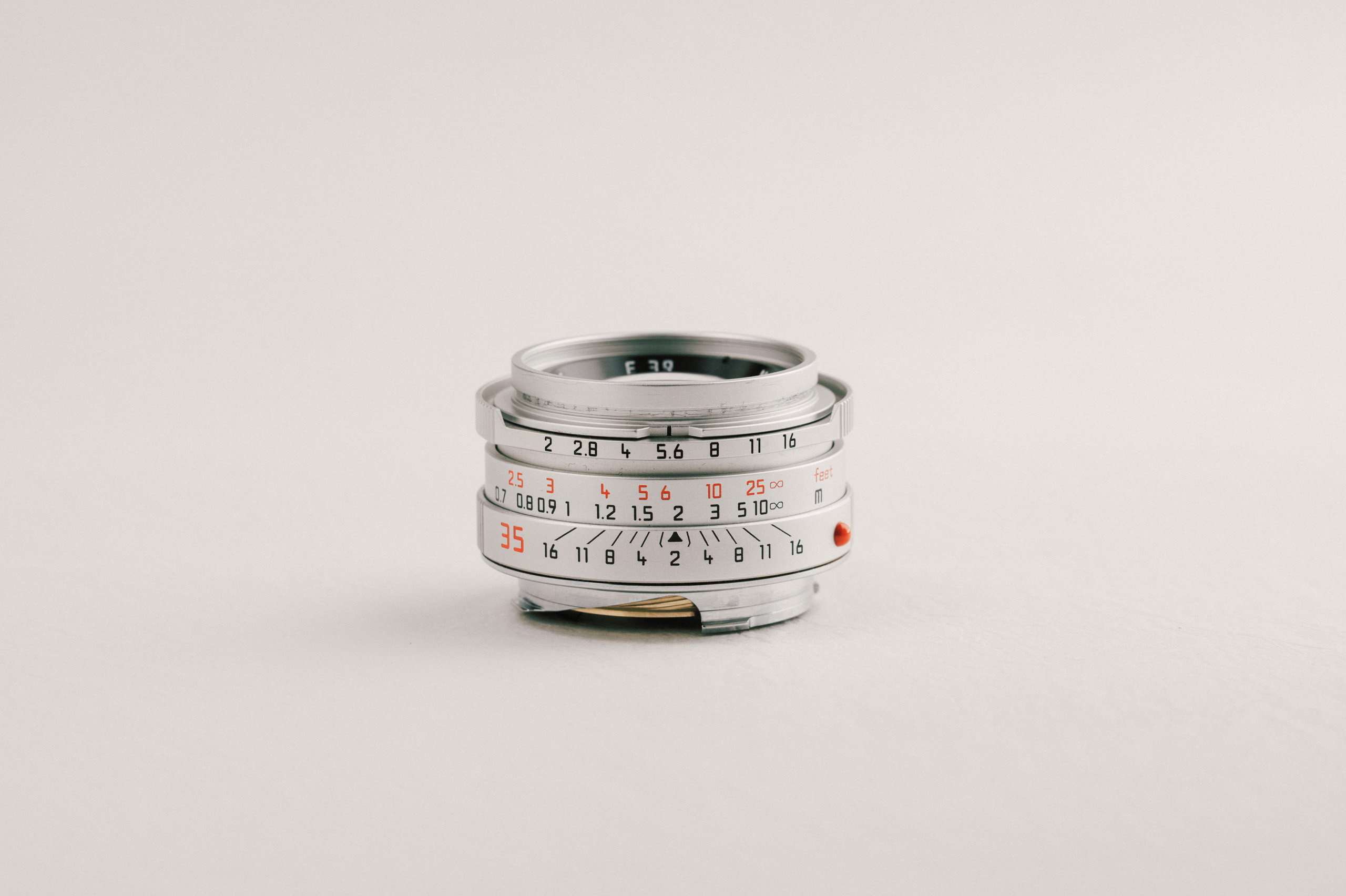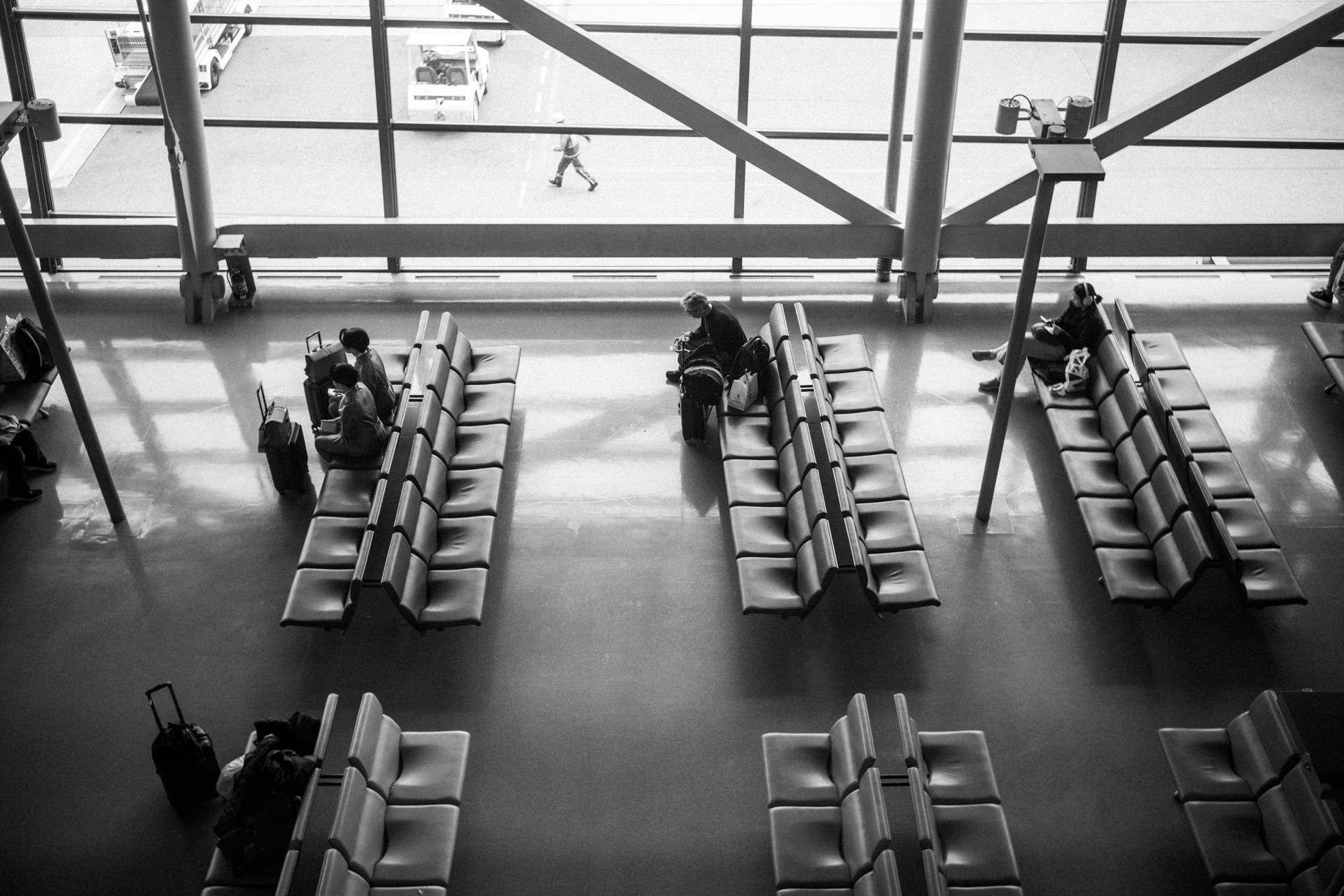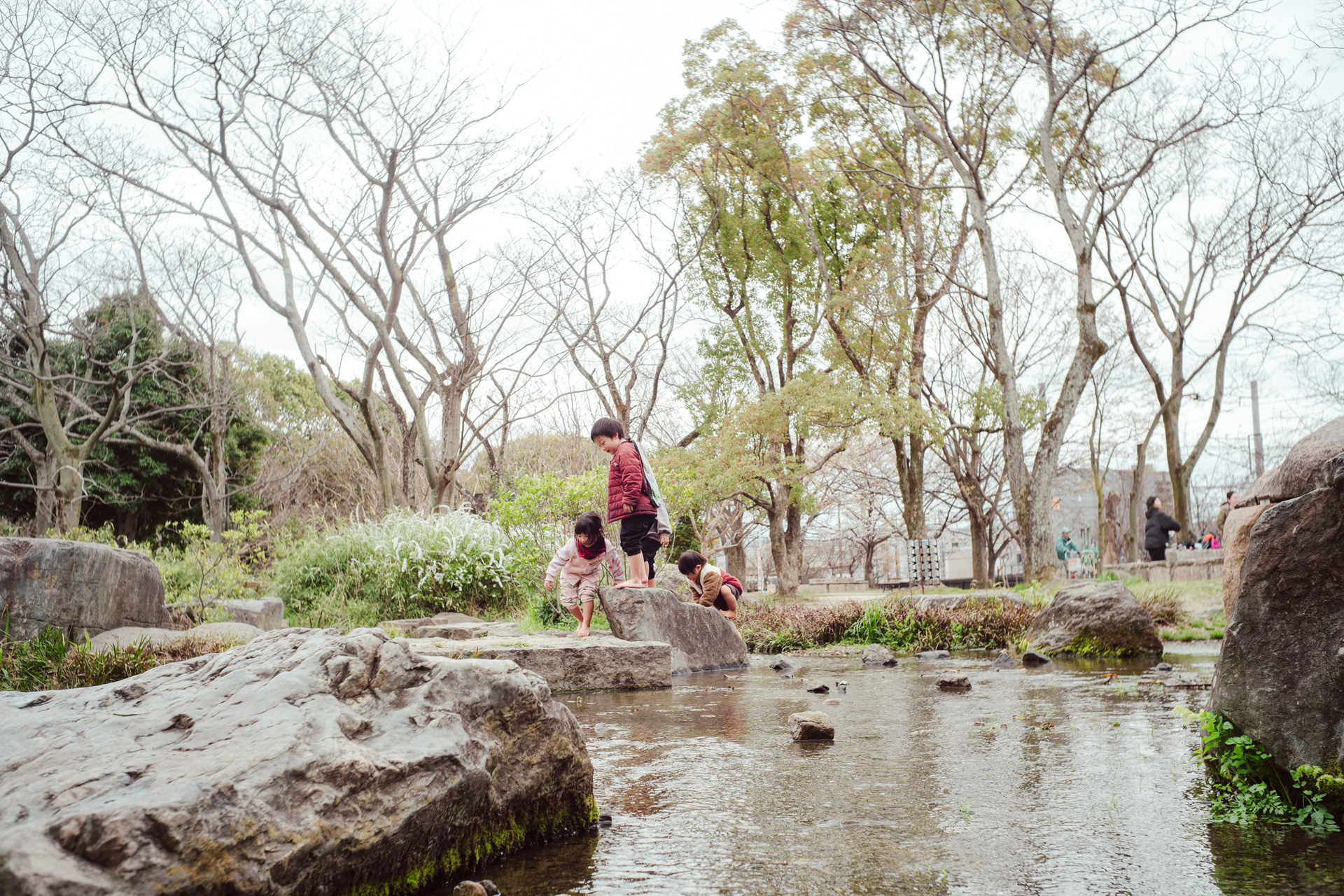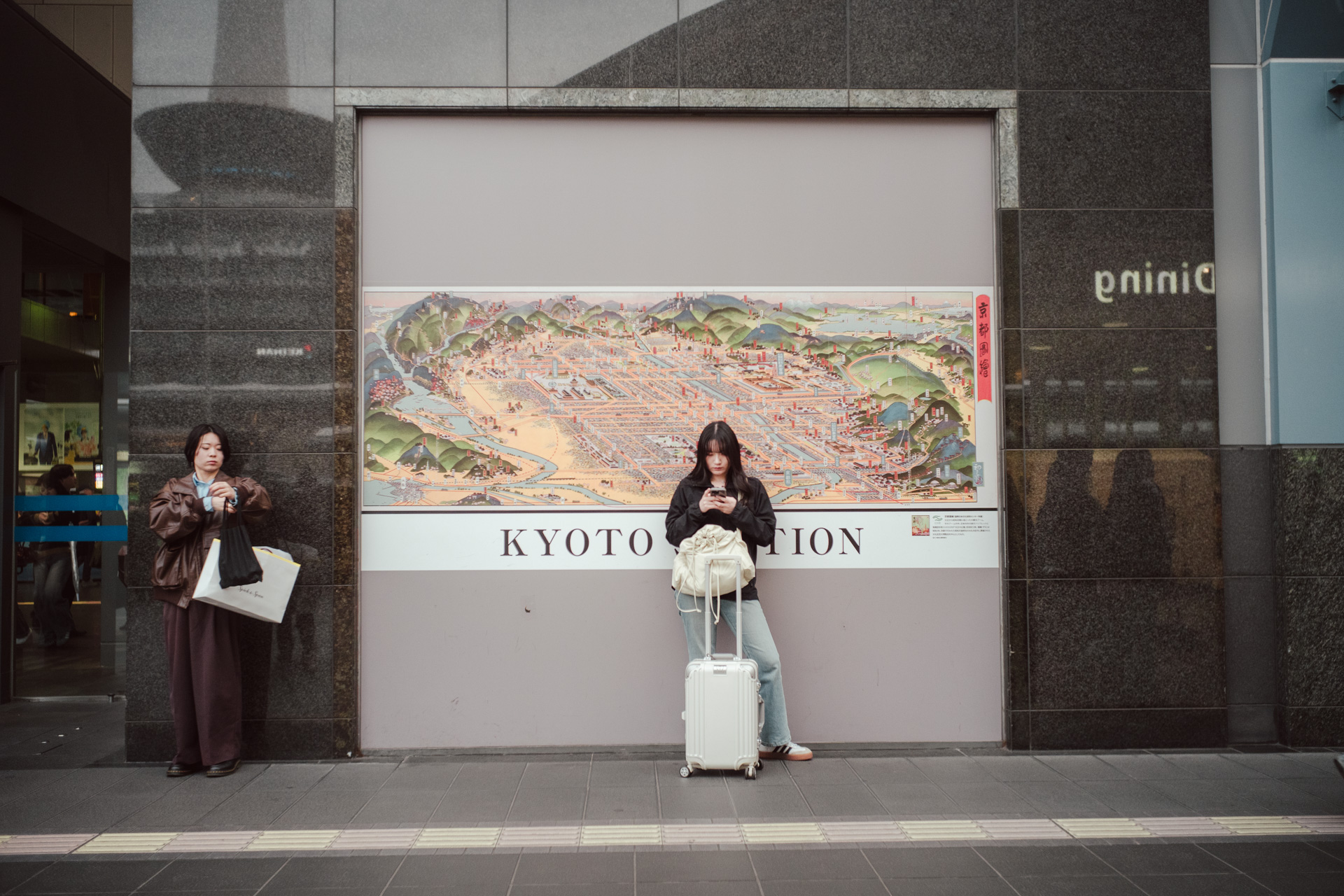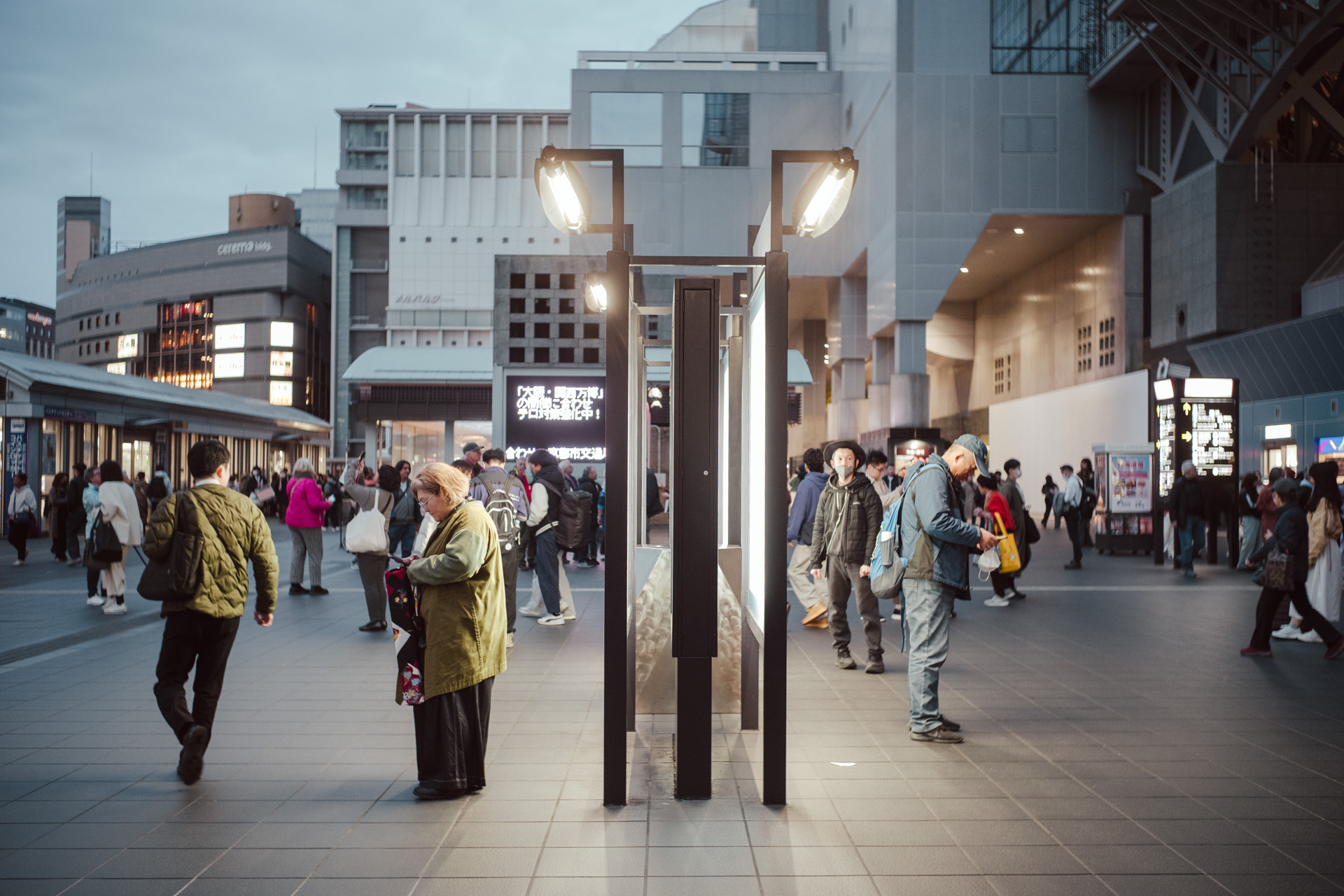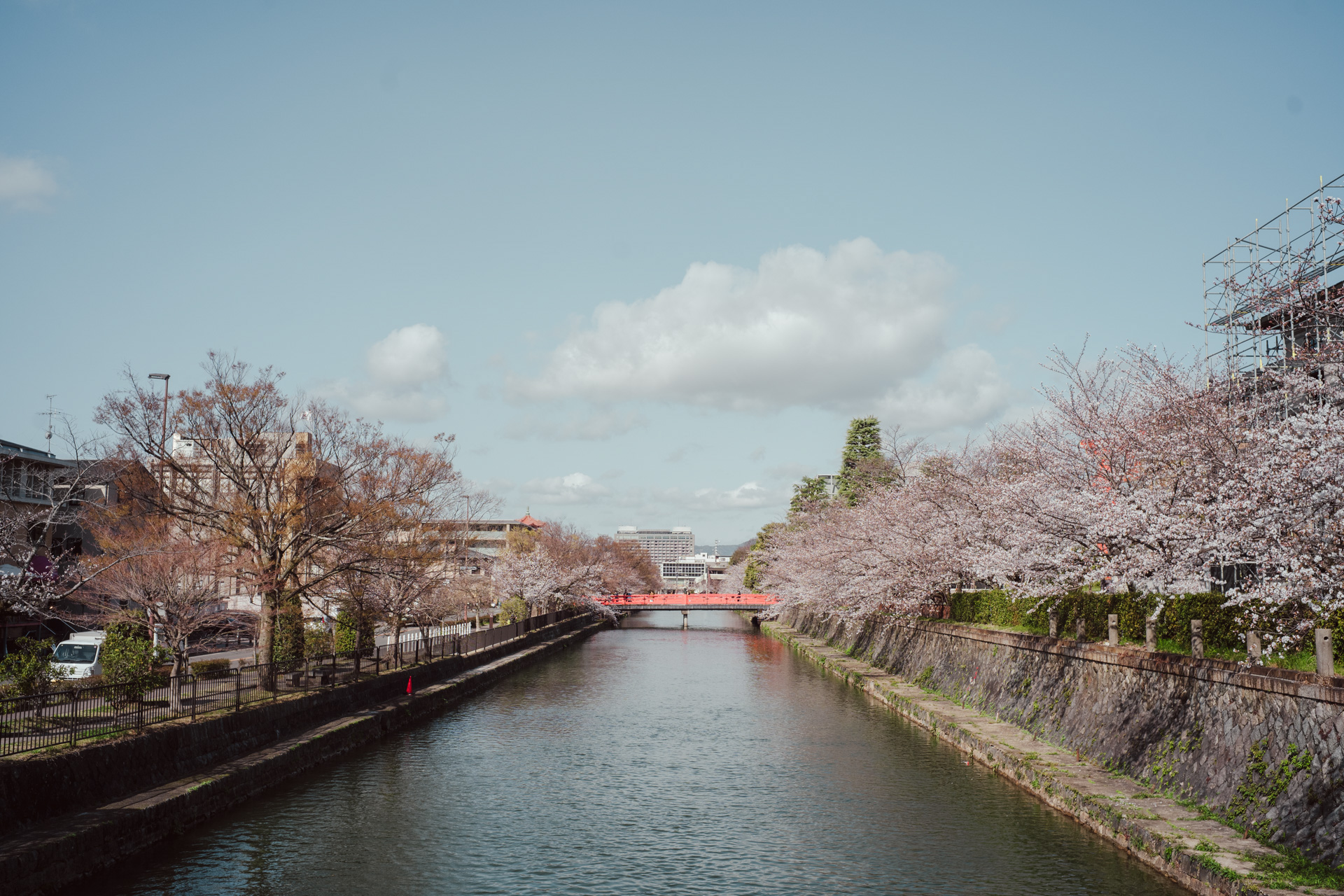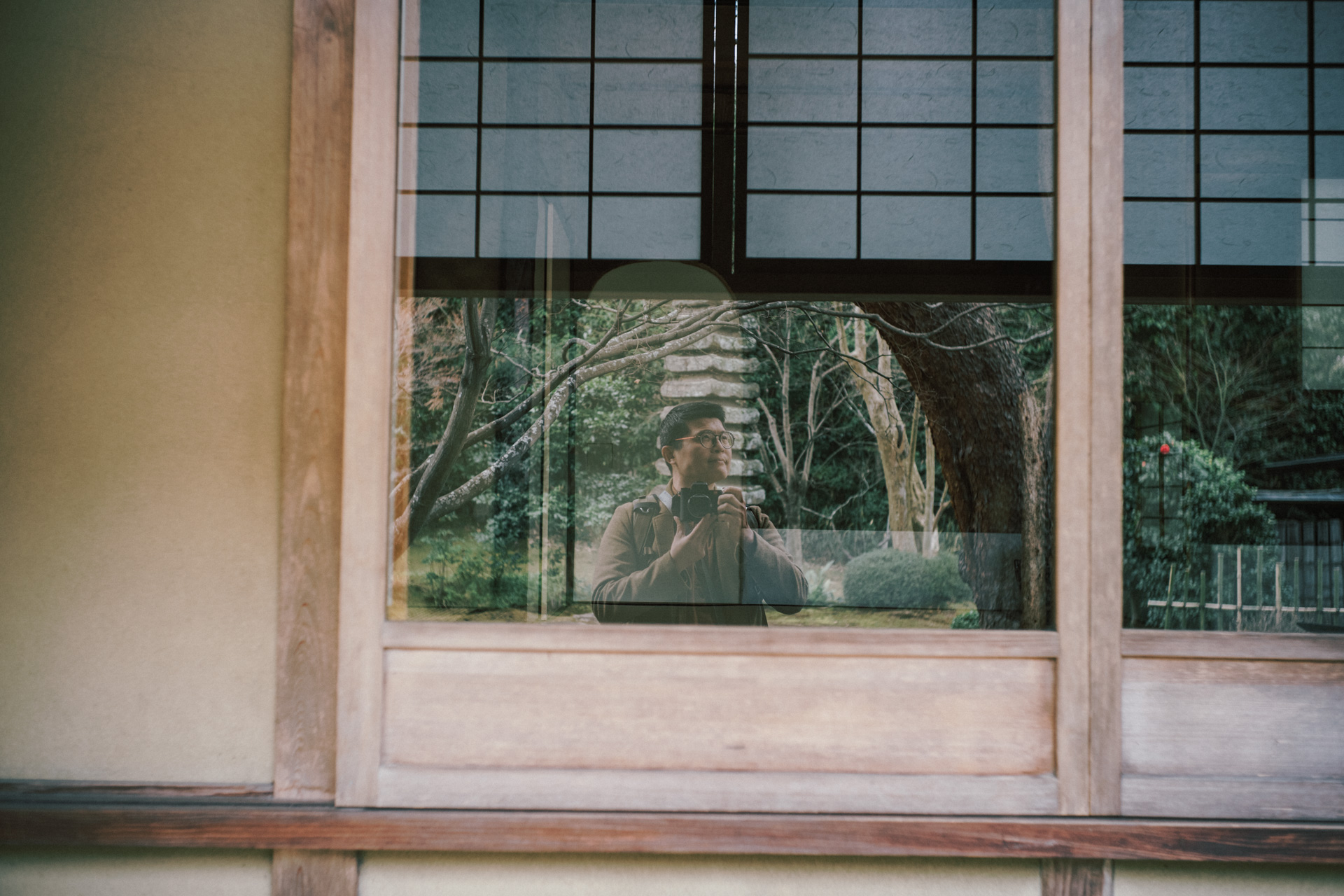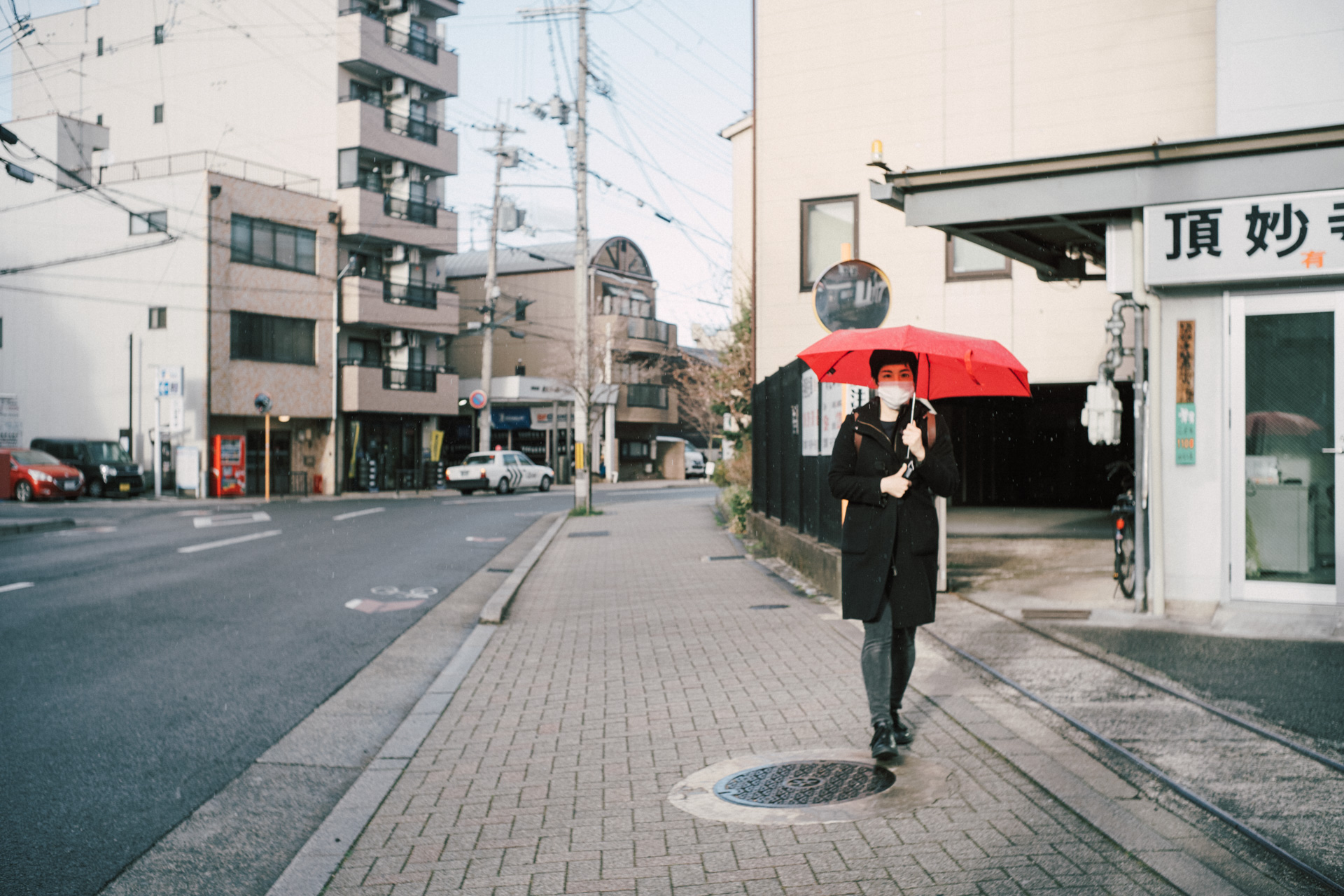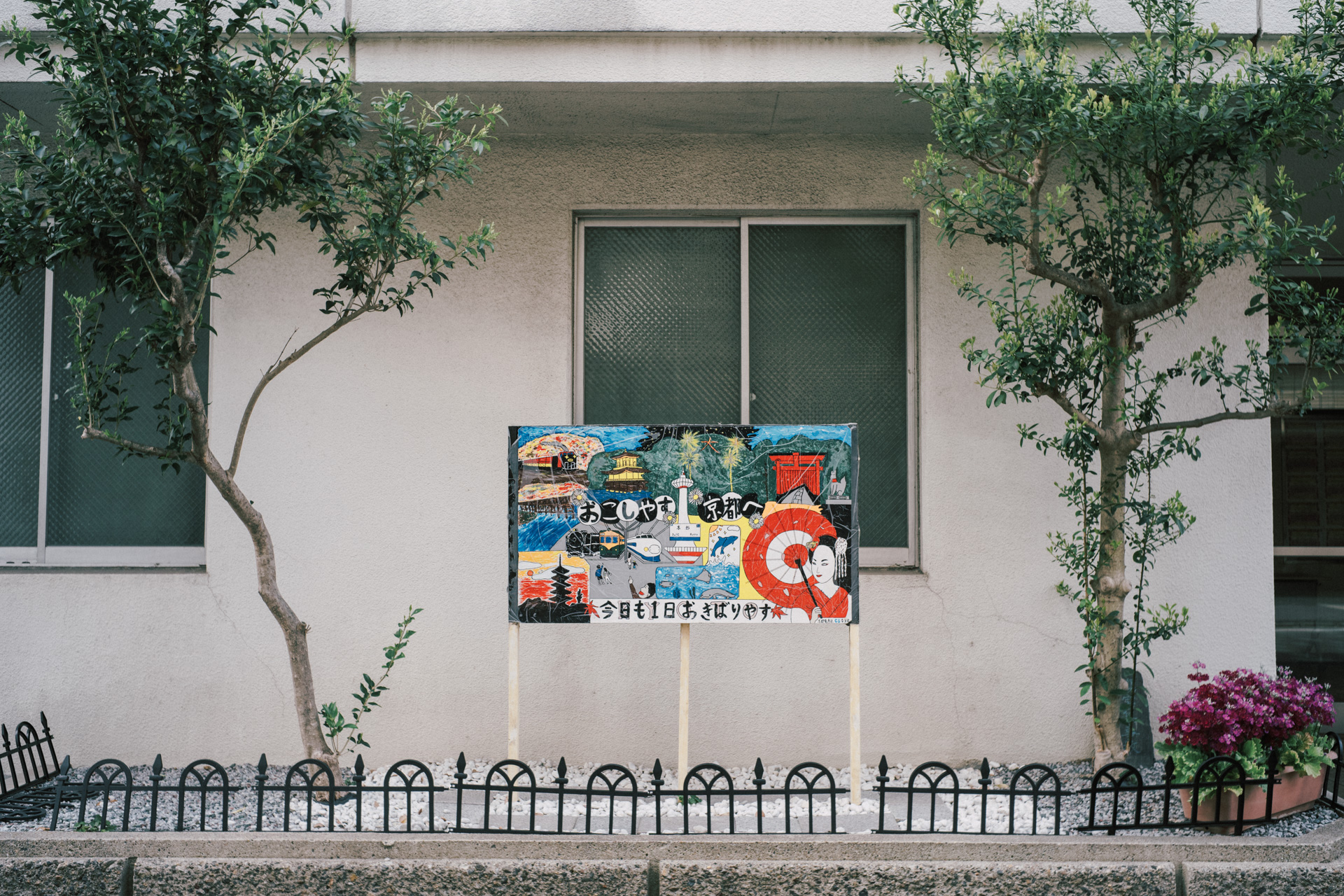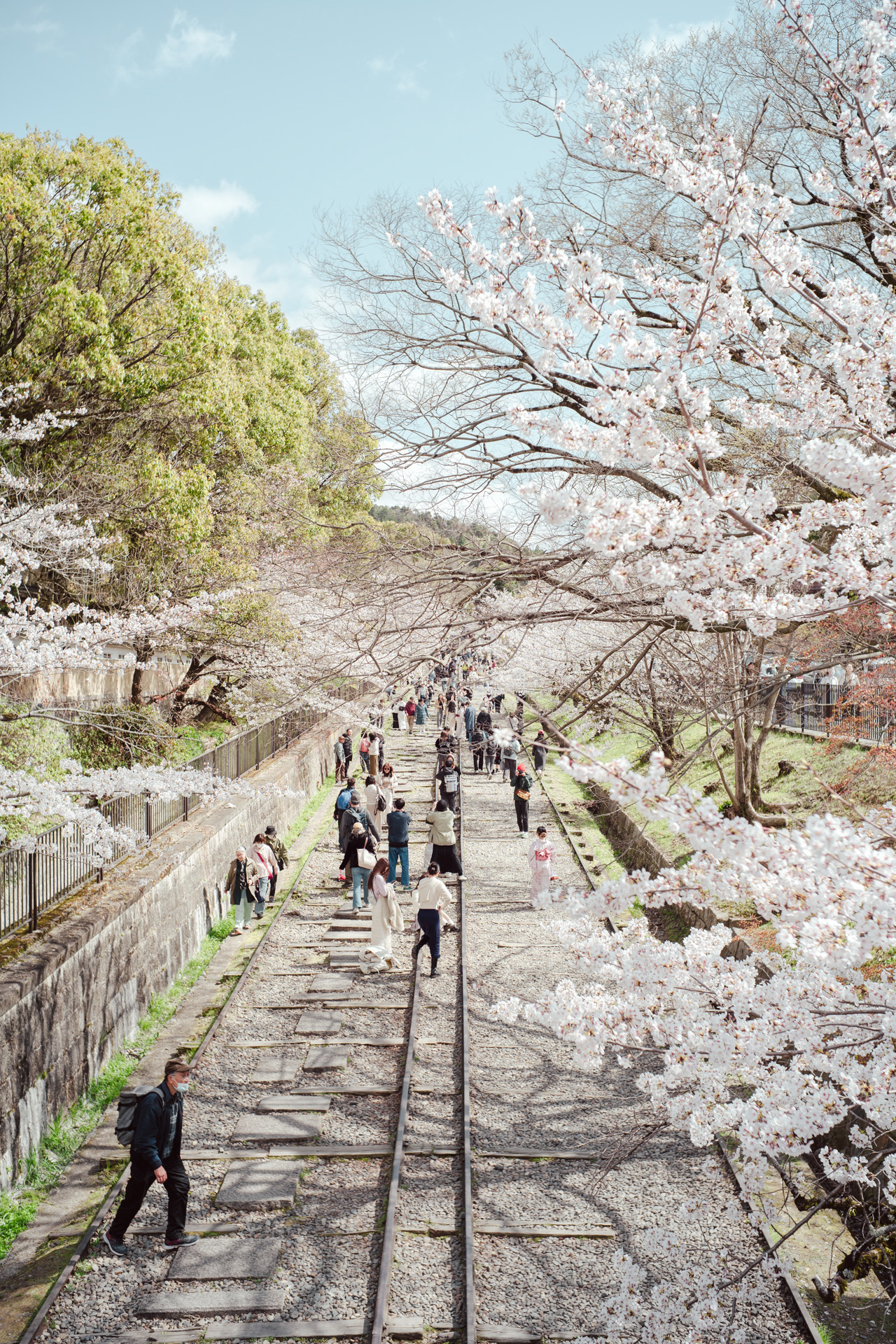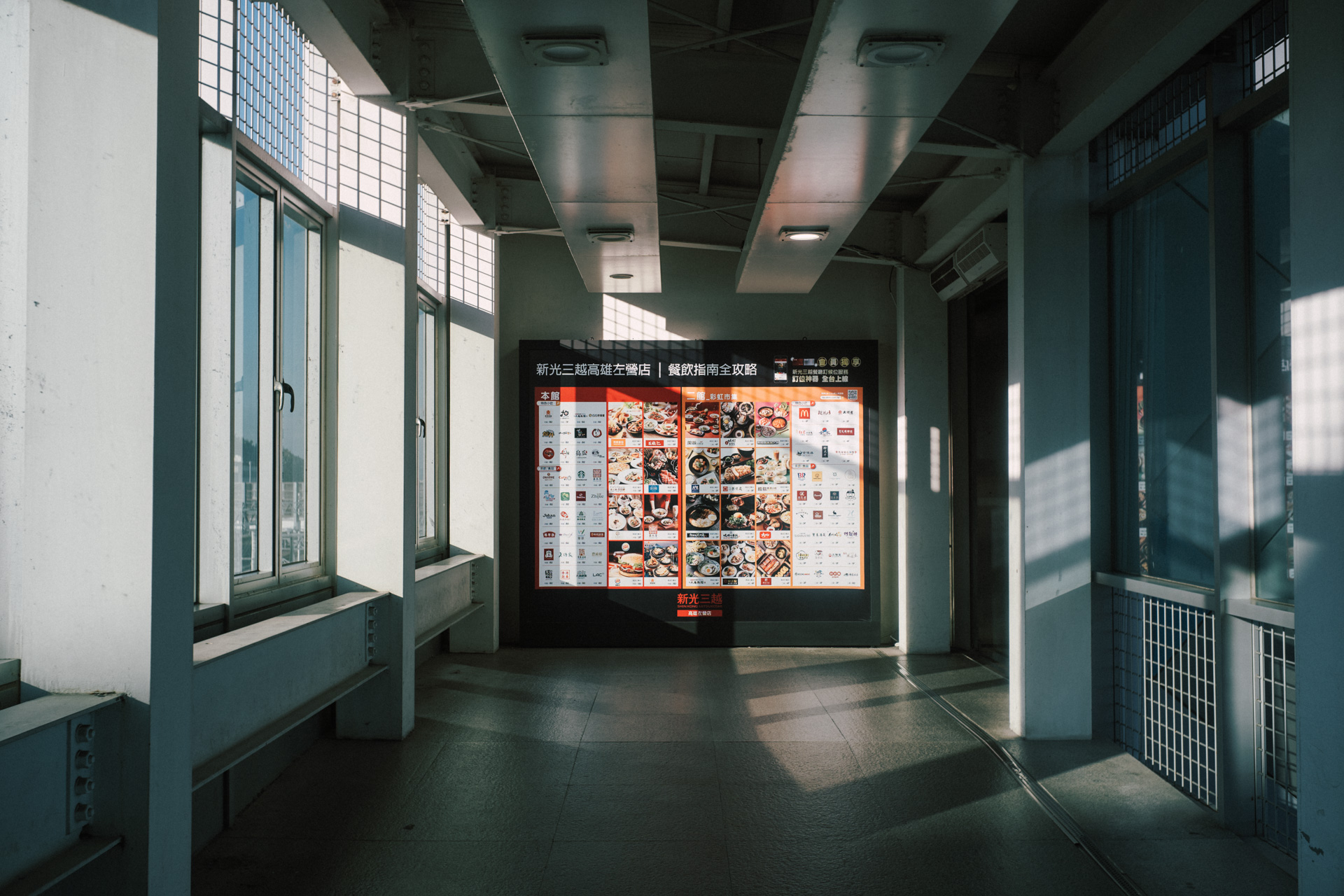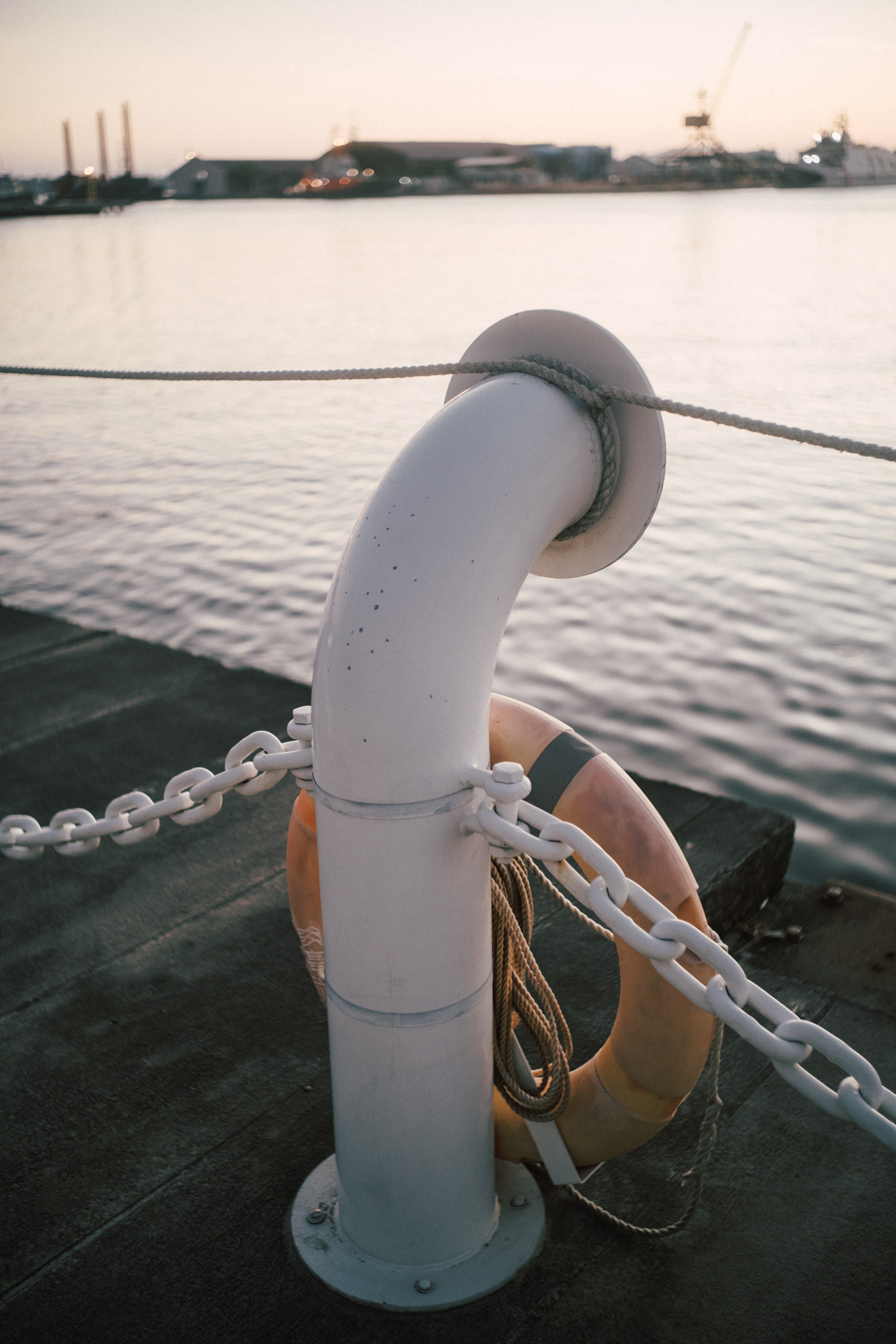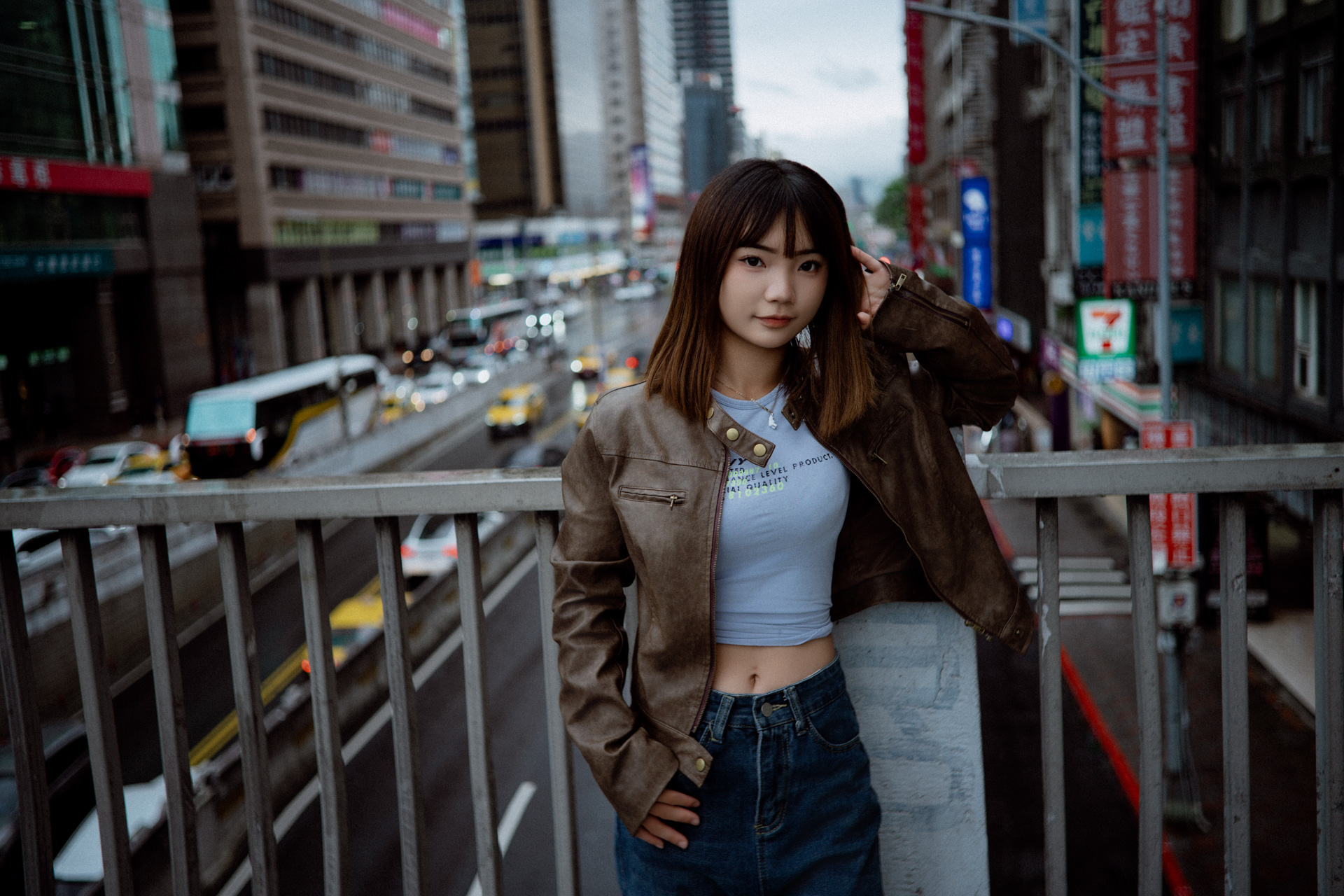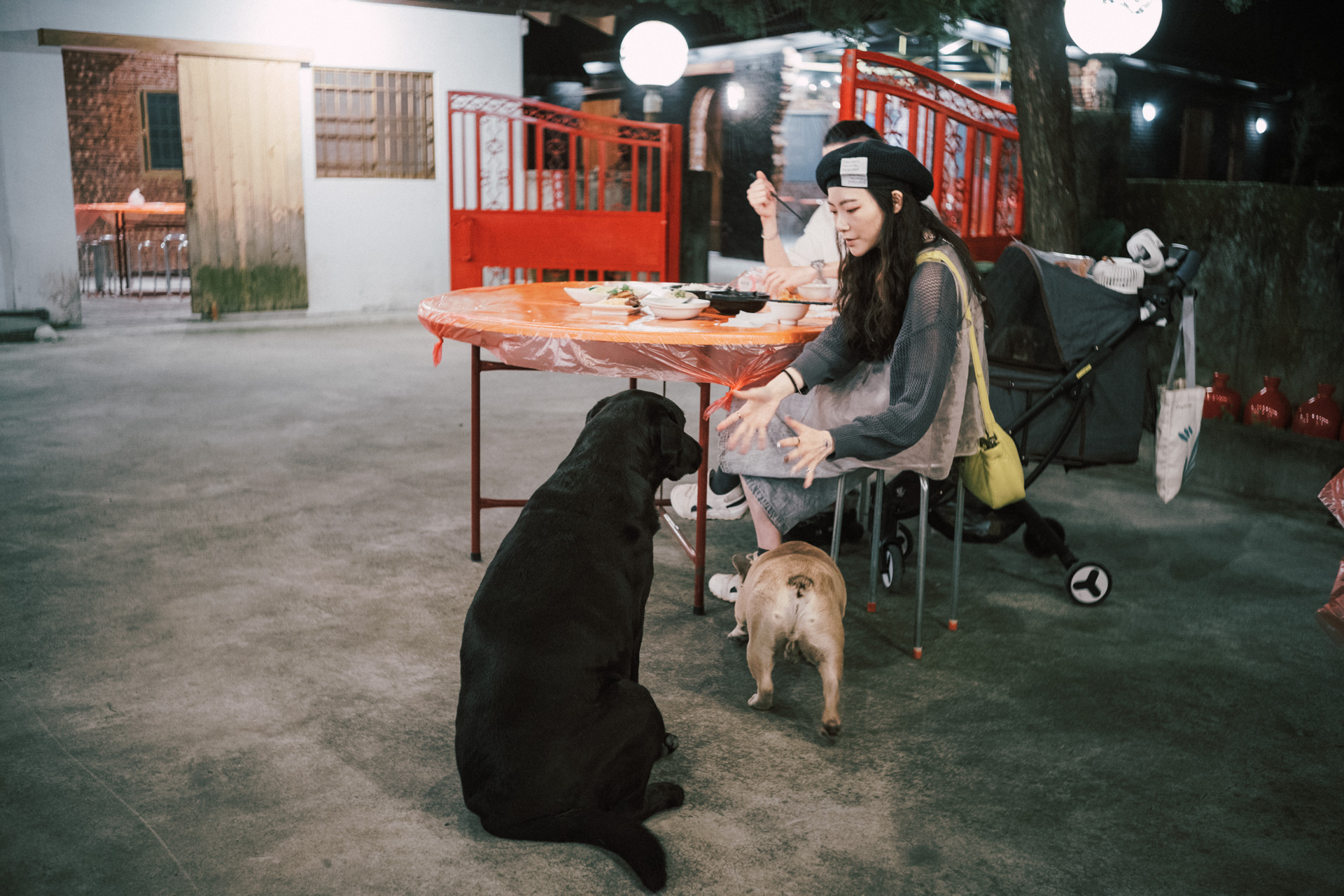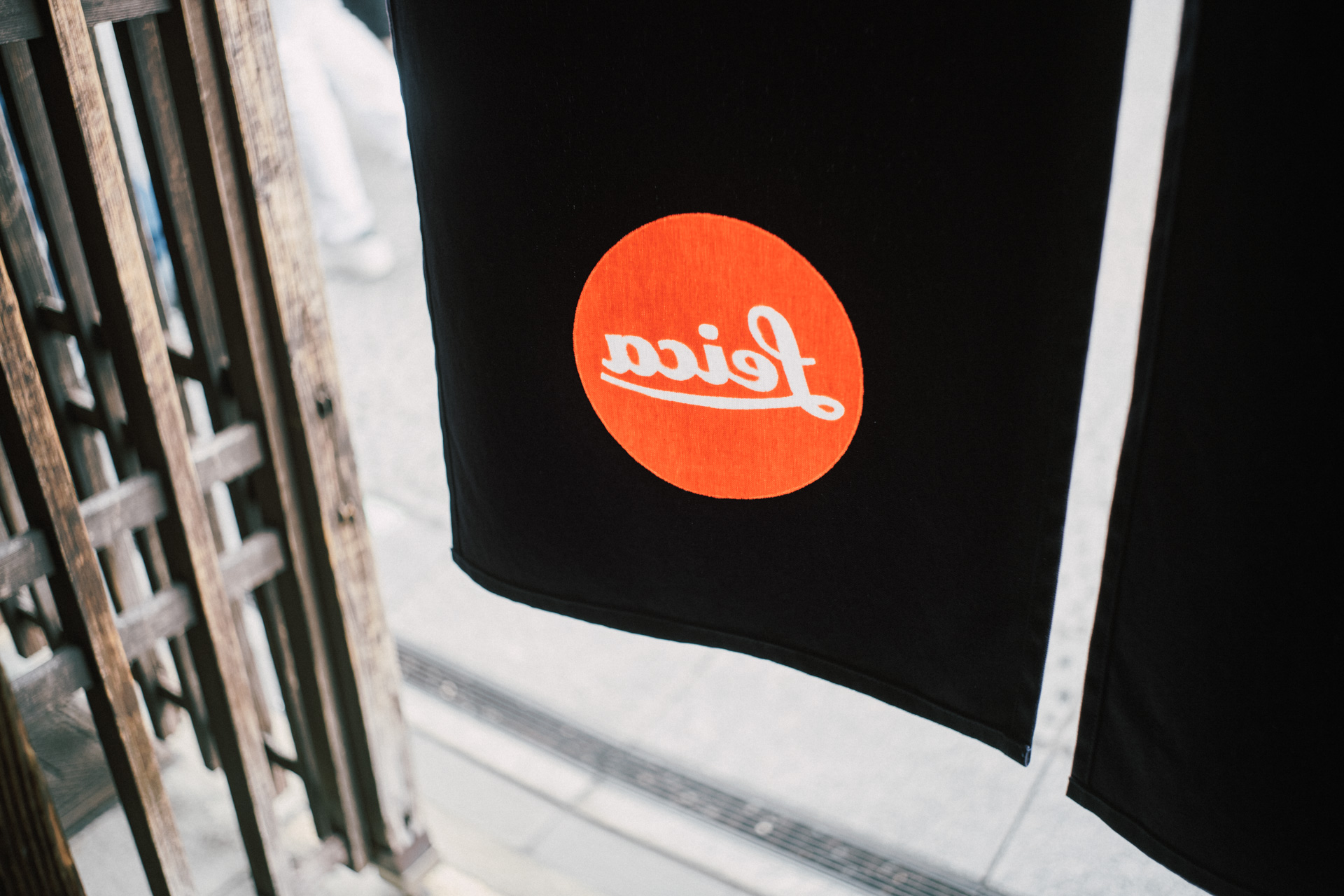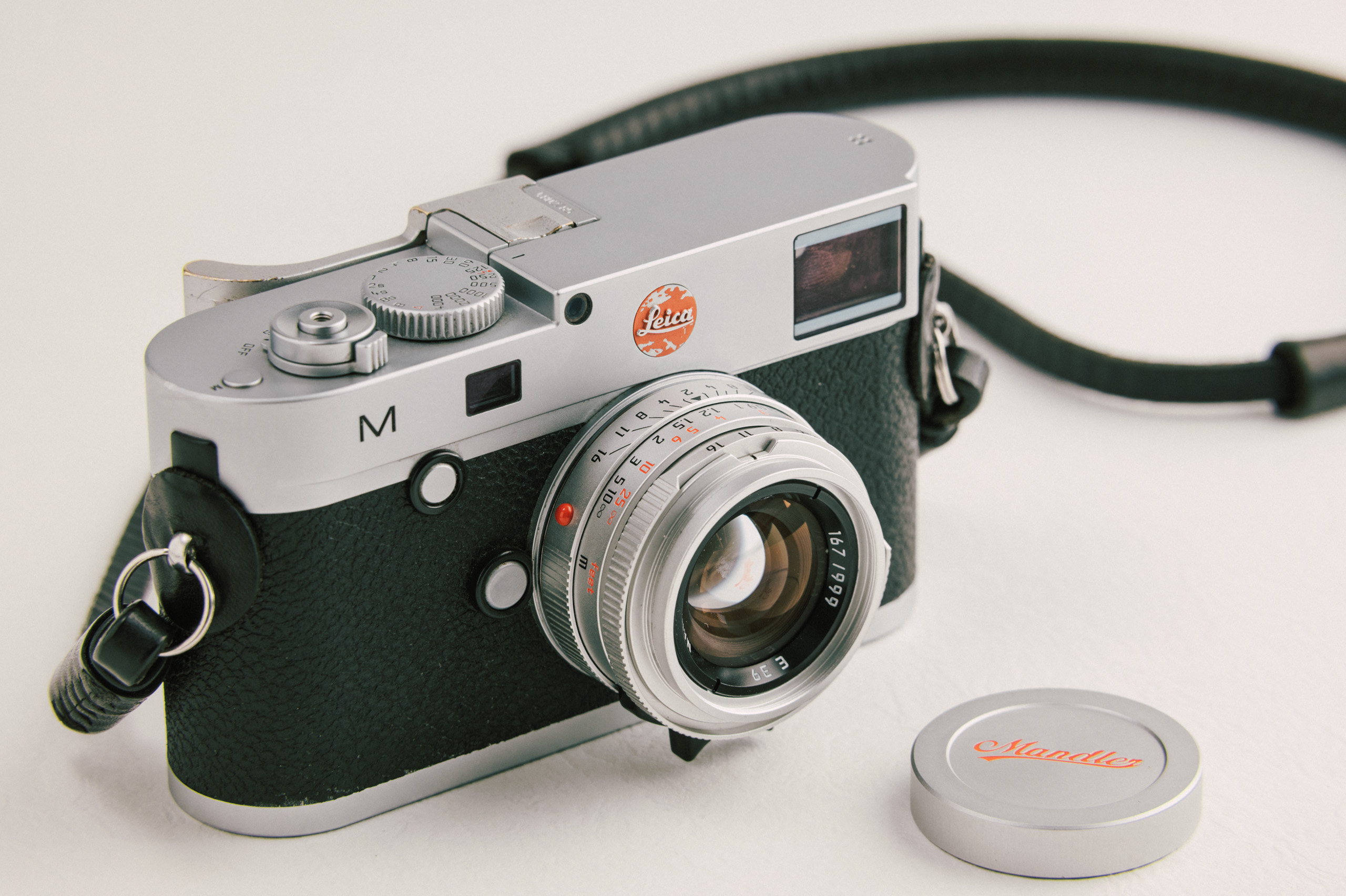
Featured Location
Daran Wu
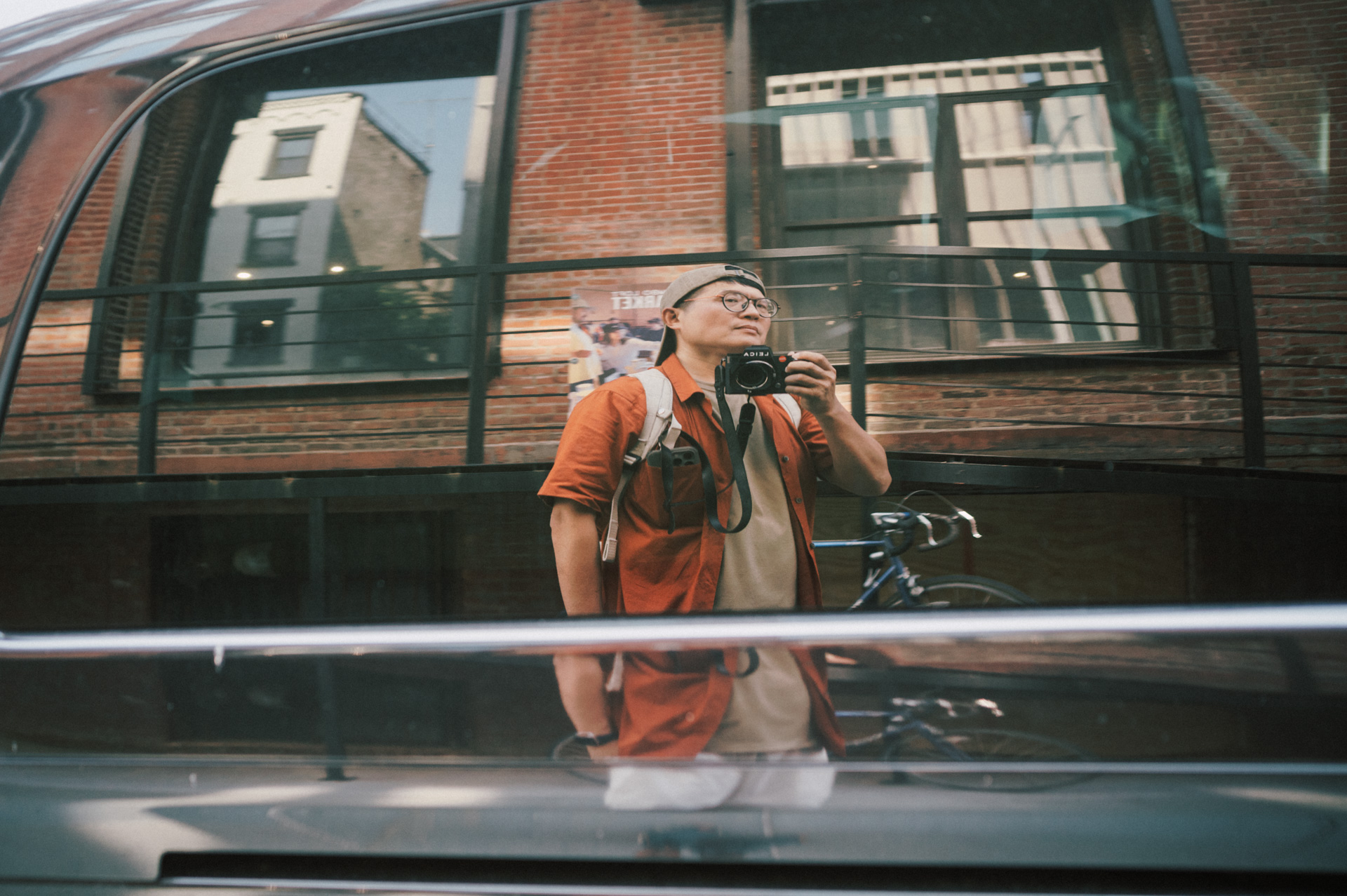
Taiwan / Toronto
The seed of my photography journey was planted in heartbreak, yet I discovered my life’s direction in wedding and bridal photography. As time went by, I realized that photography is like a magical journey—full of wonder and adventure. It’s so much more than simply pressing the shutter; it is a profound wisdom and a lifelong lesson.
A photographer who loves cameras keeps subtly encouraging you to buy a Leica together. So, let’s find out why he is so fond of Leica cameras!
Stanly
"I think this lens is very lightweight. If I weren't worried that the clients might think it looks too weak, I would want to use this lens all day!"
Mandler 35mm F2
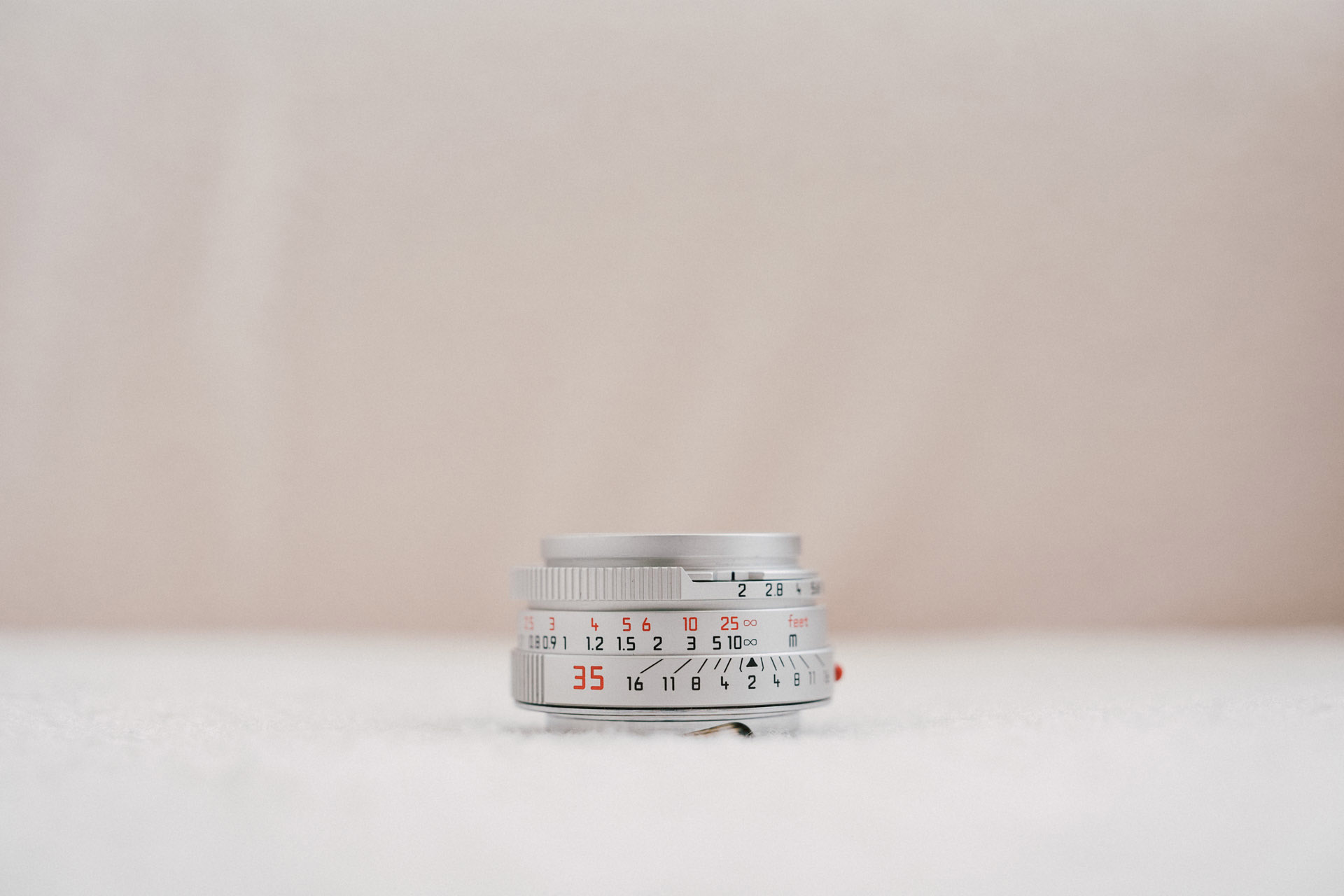
This is the first feedback I received from my friend Stanly when I visited him in Japan and let him try the Mandler 35mm F2.
For many photography enthusiasts, the first-generation Leica Summicron 35mm f2—known as the “Seven-Element” lens—is a dream lens. It’s renowned for its beautiful bokeh, unique glow, and sense of dimensionality, earning it the title “King of Bokeh.” For a Leica enthusiast, the Seven-Element is more than just a lens; it’s like a vessel of time, preserving the gentlest qualities of light and shadow in every image.
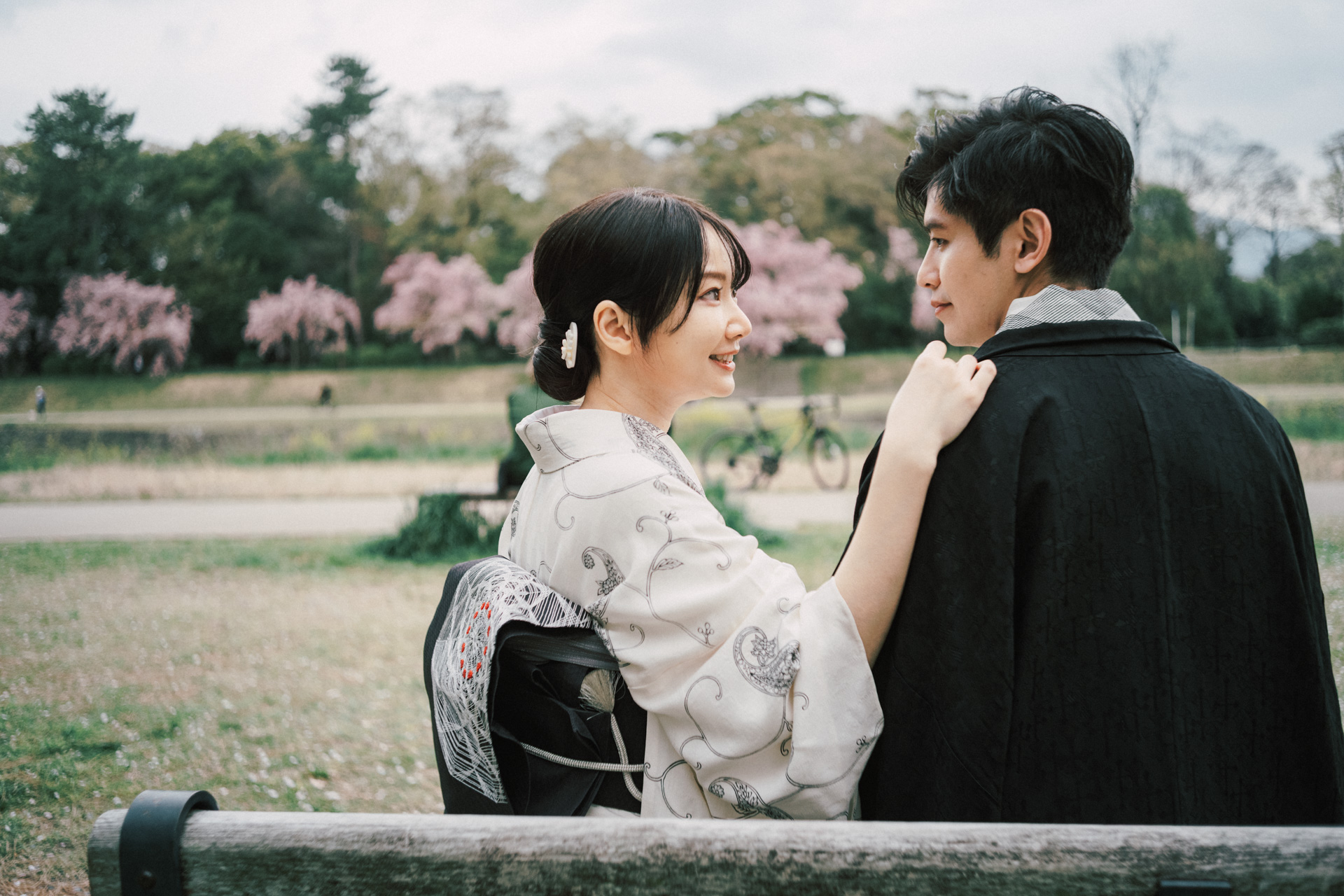
。。。
Let’s talk about domestically produced lenses in Mainland China::
In recent years, local Chinese lens brands have continuously released new products, generally following two main directions. One direction focuses on using new optical designs and advanced manufacturing standards to create high-spec modern lenses. For example, the Thypoch brand has launched a series of large-aperture F1.4 lenses that are directly comparable in optical quality to Leica’s Summilux Asph series. Based on my experience with the Thypoch 28mm F1.4, its craftsmanship and image quality are truly second to none.
The other direction in lens development is to pay homage to and recreate classic vintage lenses. After the patents for certain classic lenses have expired, manufacturers can use modern materials and manufacturing techniques to not only solve some of the persistent issues but also to bring back the unique optical characteristics of old lenses. This is precisely what I want to talk about today: the Mandler 35mm F2 lens produced by Mandler.
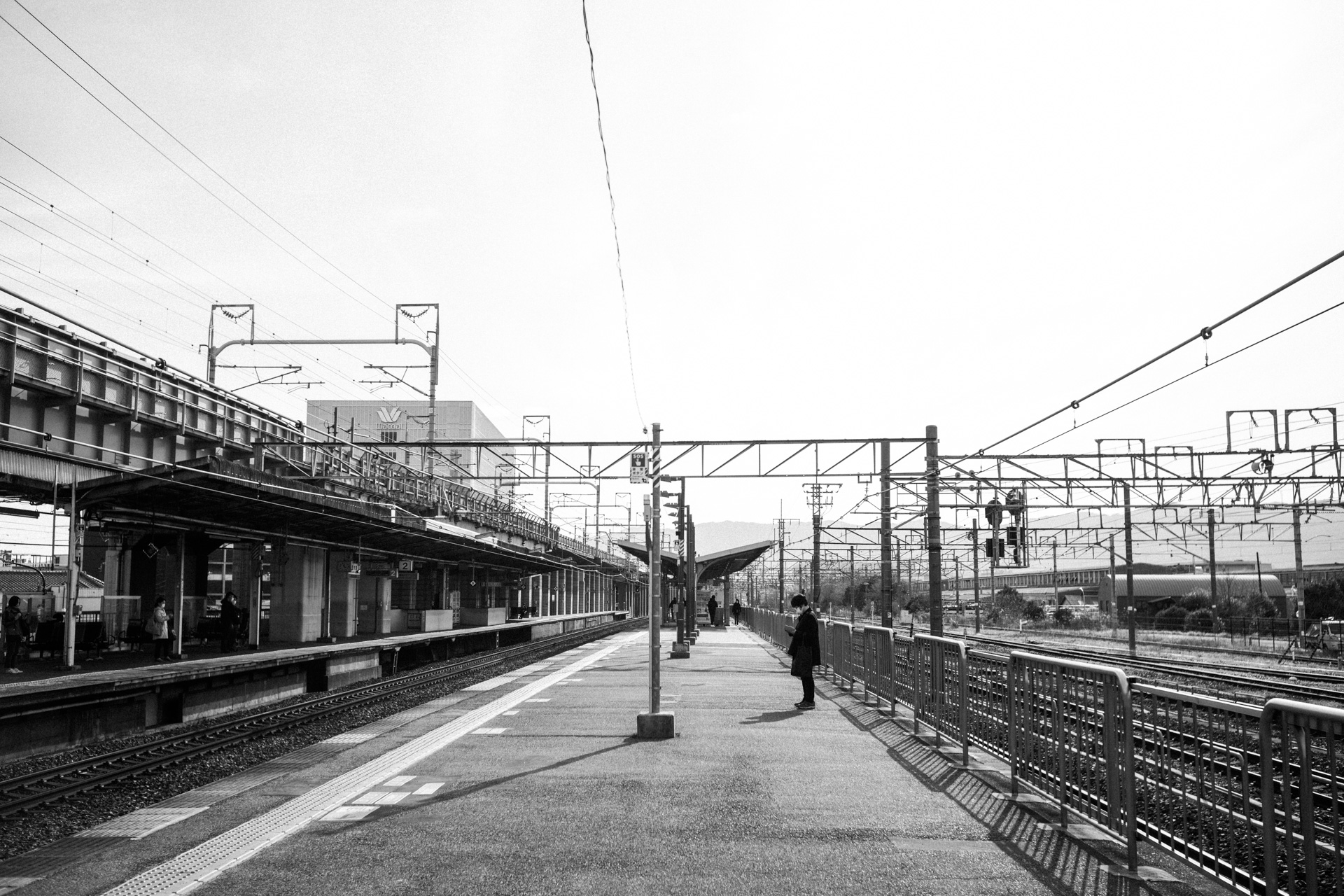
。。。
First impression:
My first impression upon receiving the Mandler 35mm F2 was that the packaging style basically imitates Leica’s design and color scheme. After opening it, I found that it comes with a lot of accessories: a round metal lens hood, a square plastic lens hood—both suitable for different styling preferences, which is a big plus. Additionally, it includes a UV protection filter and a “pudding cup” style container, making this a very generous accessory package.

Of course, the most important thing is to take a look at the lens itself. The appearance of the Mandler 35mm F2 largely replicates the design of the original Seven-Element lens. As one of my photographer friends said:
Stanly
"The appearance looks so much like the ‘Seven-Element’ lens—if you hadn’t told me, I would have thought it was the real Seven-Element!"
Mandler 35mm F2
The crescent-shaped focus ring offers a silky-smooth focusing experience, and the aperture ring turns with precision—there’s no play or looseness due to manufacturing tolerances. This is the most intuitive experience when using the lens, and it also reflects the high standards of its craftsmanship.

。。。
Who is Mandler?
The crescent-shaped focus ring offers a silky-smooth focusing experience, and the aperture ring turns with precision—there’s no play or looseness due to manufacturing tolerances. This is the most intuitive experience when using the lens, and it also reflects the high standards of its craftsmanship.

Mandler is a lens company that was only established at the end of 2024, founded by two young photography enthusiasts. In casual conversations with them, they shared that when they were younger, they longed to own their own Leica lenses, but those classic lenses were quite expensive at the time (and are even pricier now), making it an unattainable dream in the past. After starting their careers, they began to wonder if they could use their own skills to recreate these classic Leica lenses—capturing both the detailed appearance and photographic effect—while offering them at a price more people could afford, making the dream of owning something like a Leica lens possible for everyone.
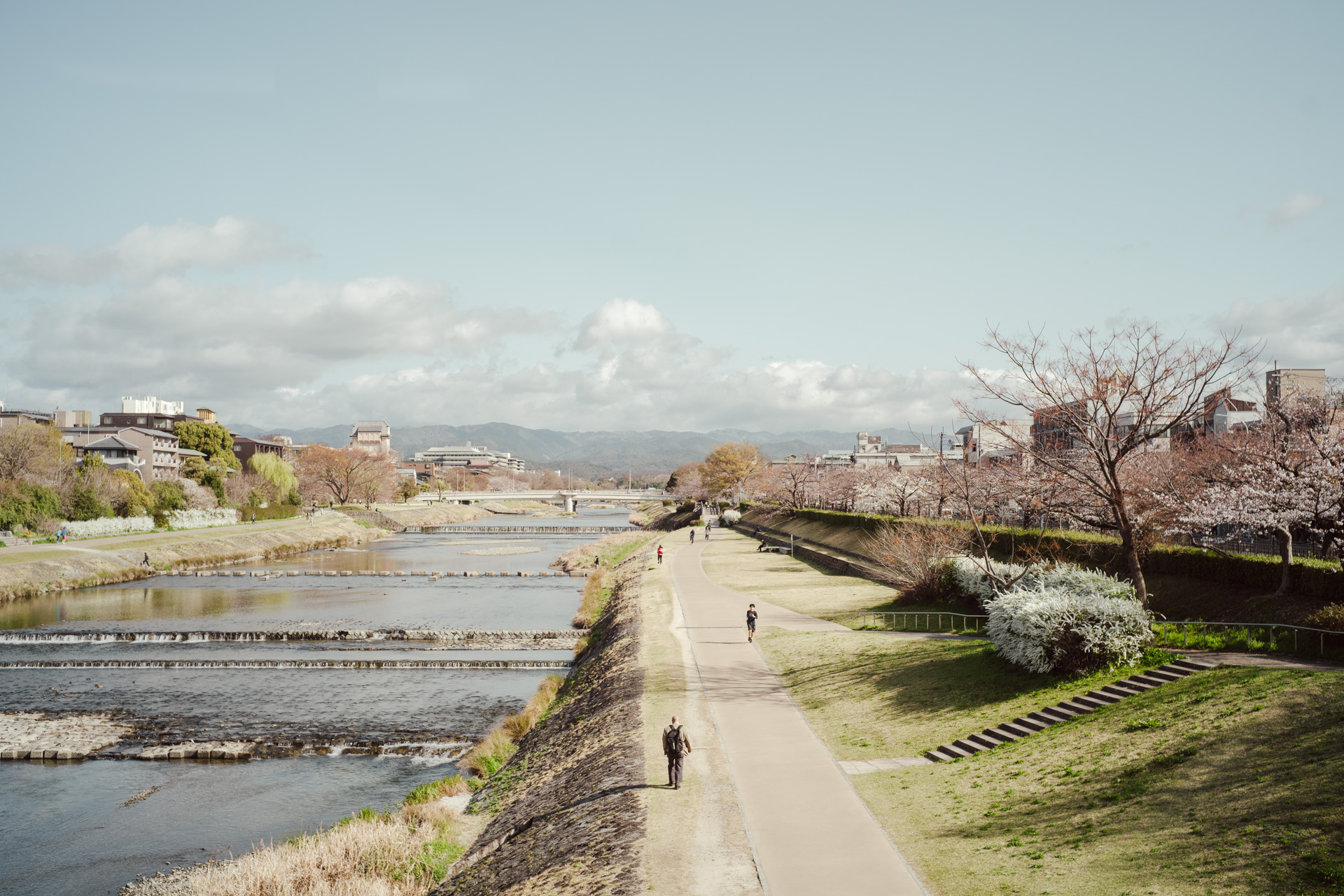
。。。
A complete recreation of the classic optical design

The Mandler 35mm f2, as the brand’s first lens, is not just a tribute in appearance—it also faithfully recreates the optical formula of the legendary Seven-Element lens. By using an identical structure, the goal is for this lens to revive the classic qualities of the original Seven-Element lens.
。Soft, creamy background bokeh.
。Dreamy halos and natural vignetting.
。A strong sense of depth with pronounced layering.
You’ll notice that photos taken with the Mandler 35mm f2 also contain a gentle yet three-dimensional sense of atmosphere.
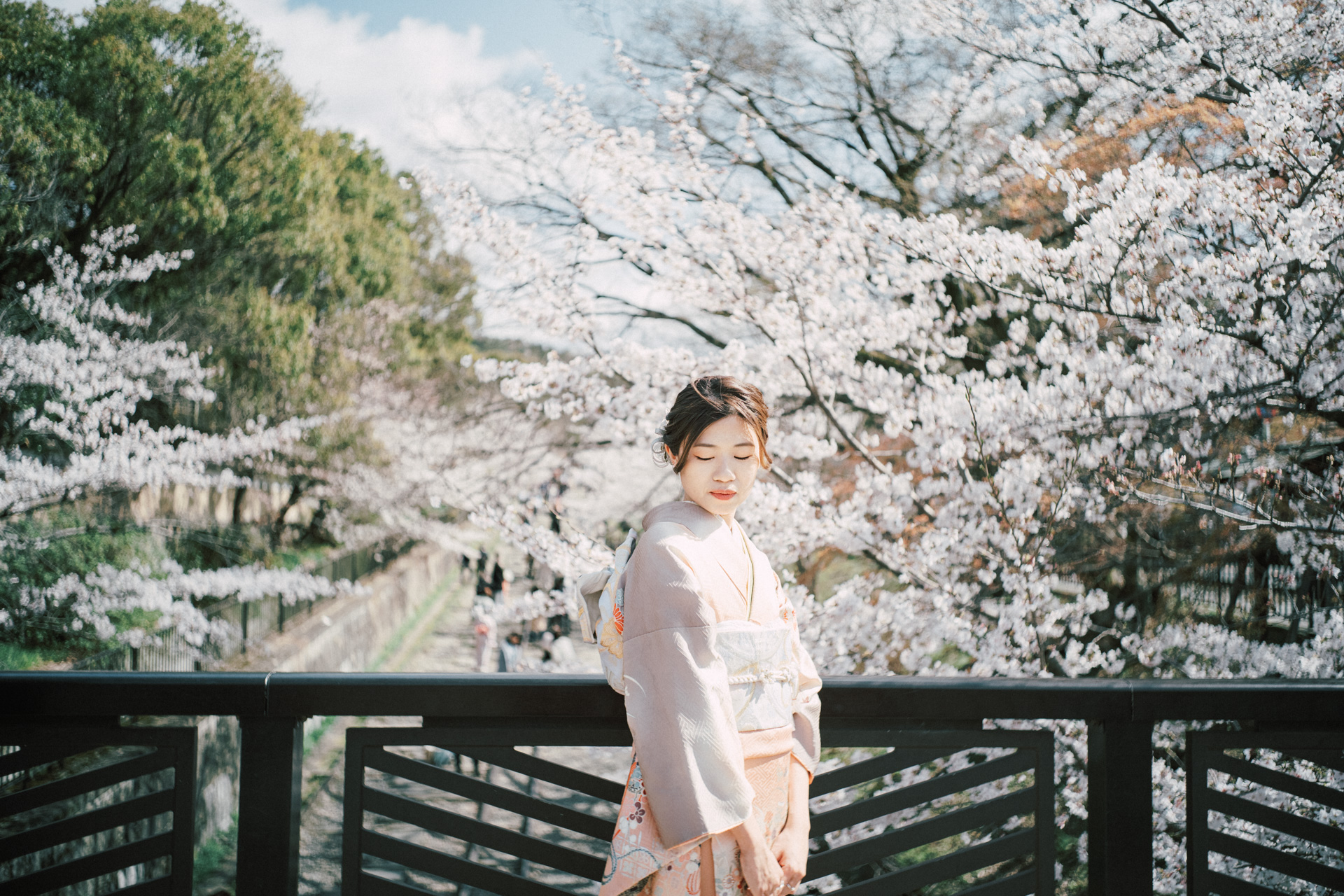
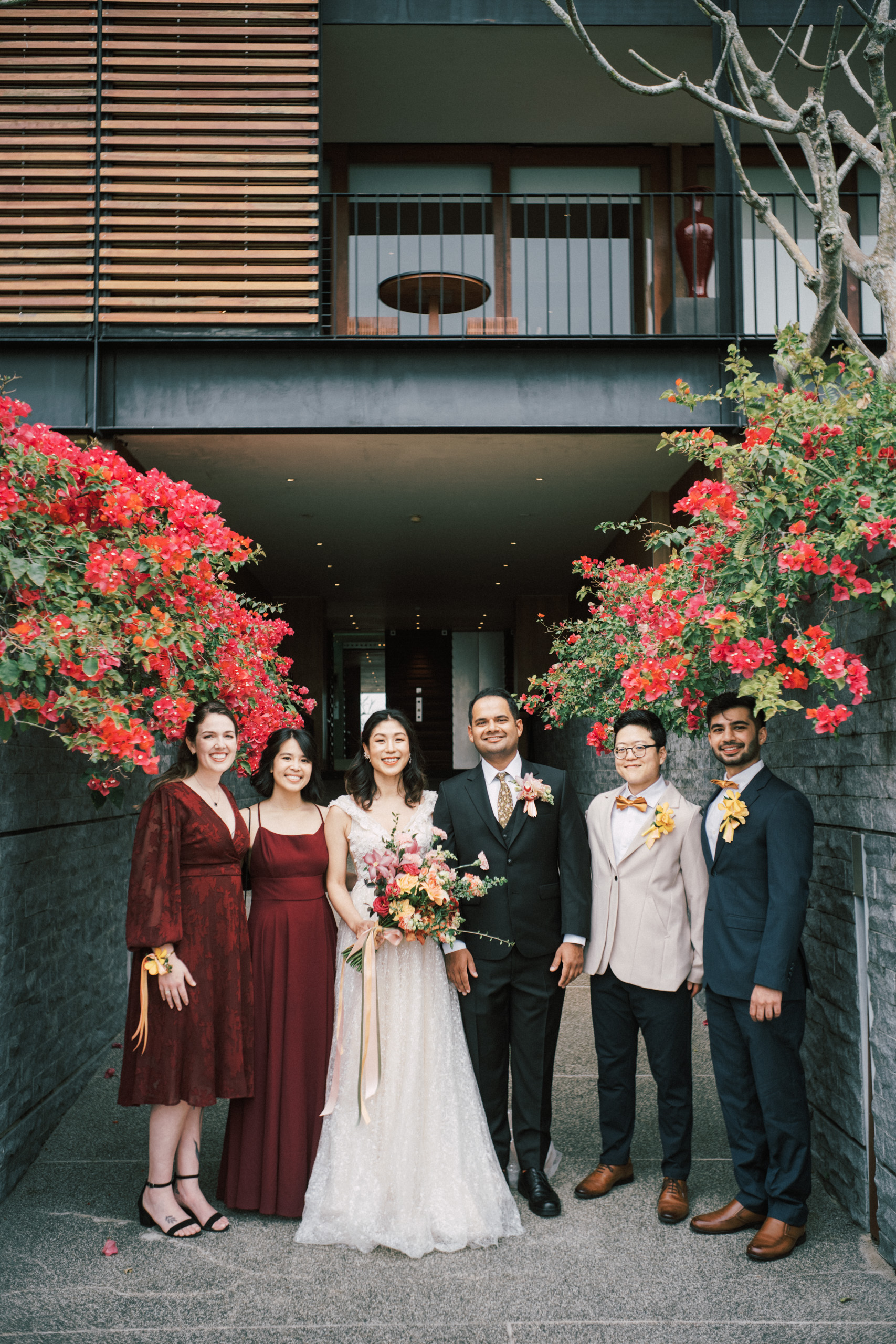
。。。
。The Charm of the Film Era (Vignetting and Swirly Bokeh)
Those who have experienced shooting with film will surely understand: photos taken on film always possess a gentle, soft atmosphere. This feeling comes from their slightly imprecise and less-than-perfect qualities. Even if there’s some out-of-focus blur, vignetting, or swirling bokeh, these characteristics—seen in today’s era—have instead become a unique kind of beauty.

The Mandler 35mm f2 lens exhibits distinctly different character at various apertures. Especially at f/2, the pronounced vignetting and natural light fall-off naturally draw the viewer’s attention to the center of the frame, giving centrally composed photos an inherent advantage. Meanwhile, the out-of-focus areas feature a unique swirling bokeh, making the overall image look particularly special.

When the aperture is stopped down to F4–F5.6, there is a noticeable improvement in image quality. The vignetting becomes less pronounced (though still present to some extent), and the swirly bokeh effect essentially disappears.
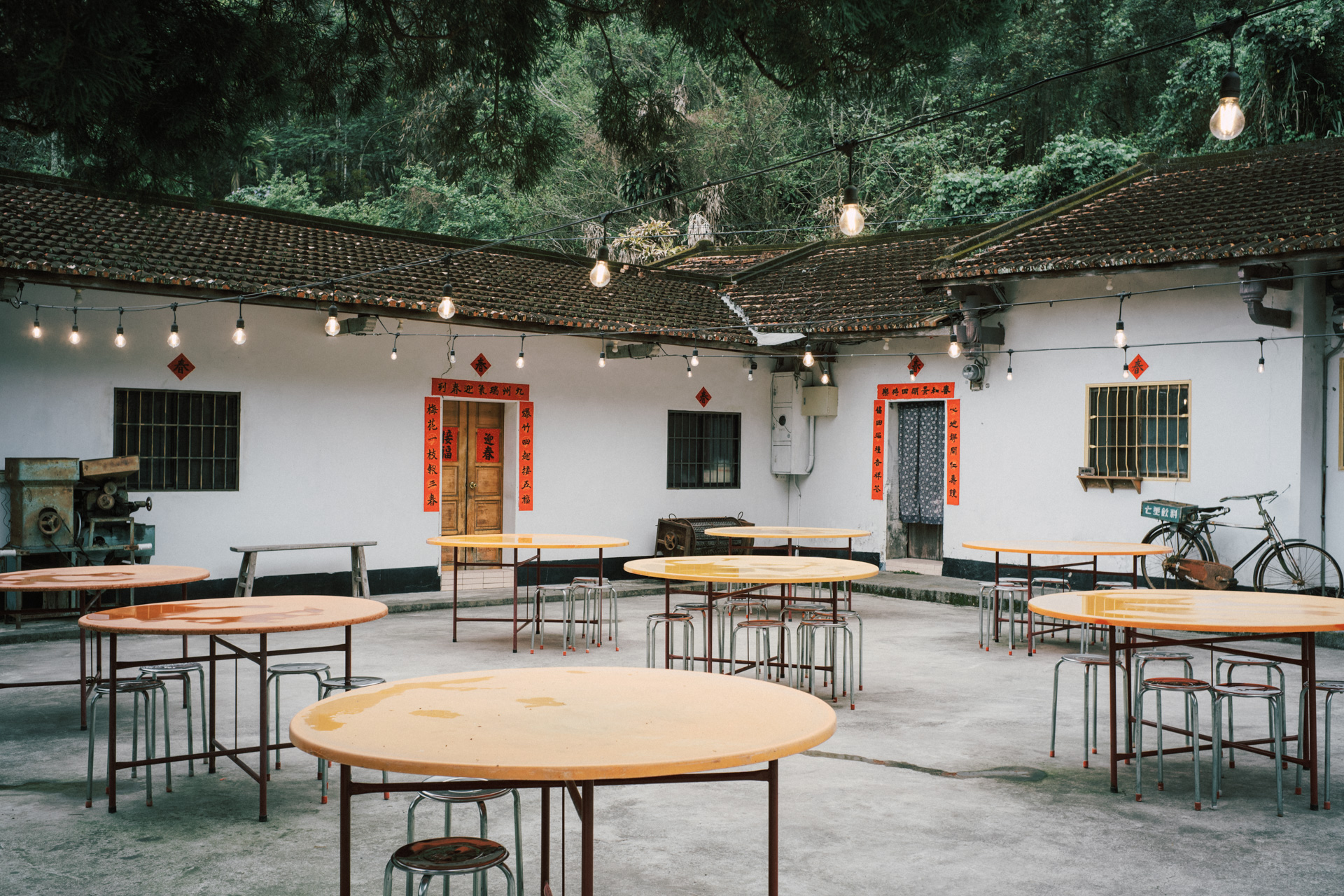
When the aperture reaches F8, both the center and the corners are quite sharp, and the vignetting effect becomes almost negligible.
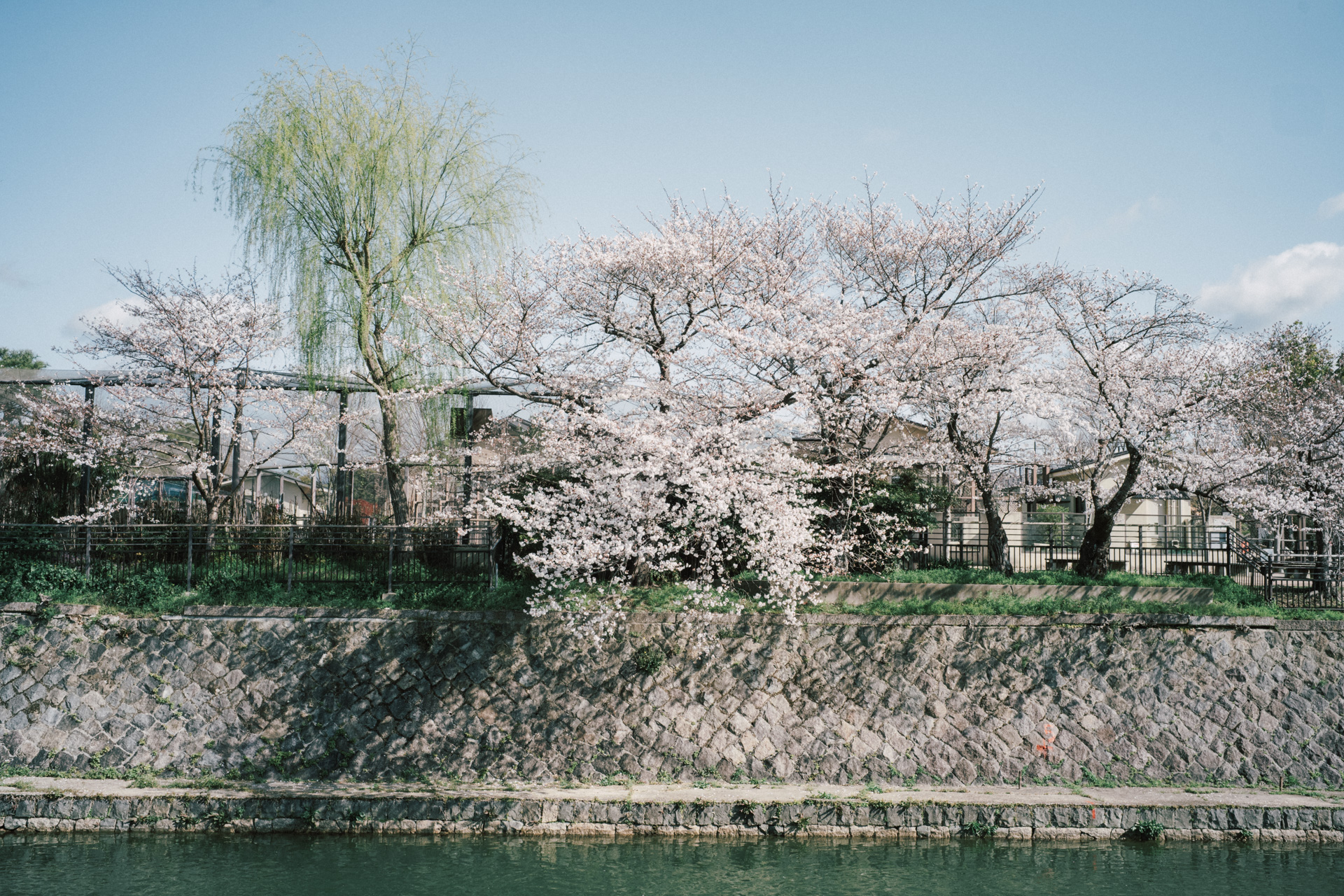
。。。
。Vignetting Correction
If you want to correct the vignetting of the Mandler 35mm F2 and achieve a relatively even image, you can use the vignetting correction feature in Lightroom. Since Lightroom currently does not have a built-in profile for the Mandler lens, you can click the link below to directly download a vignetting correction profile made by Camera Forest—it's completely free!
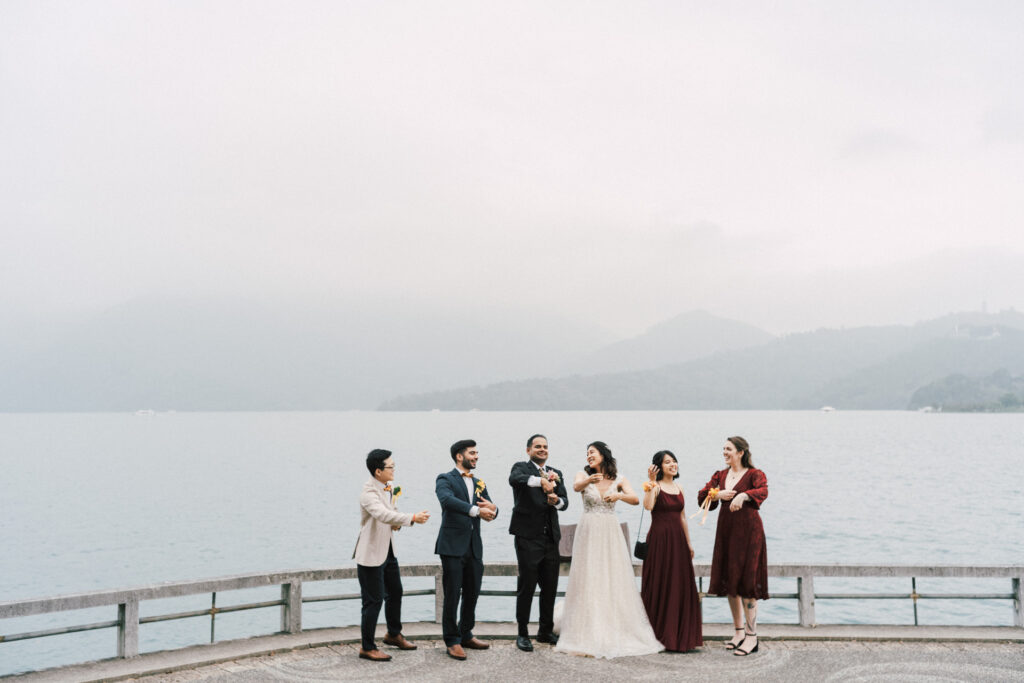

。。。
。Purple-Gold Coating
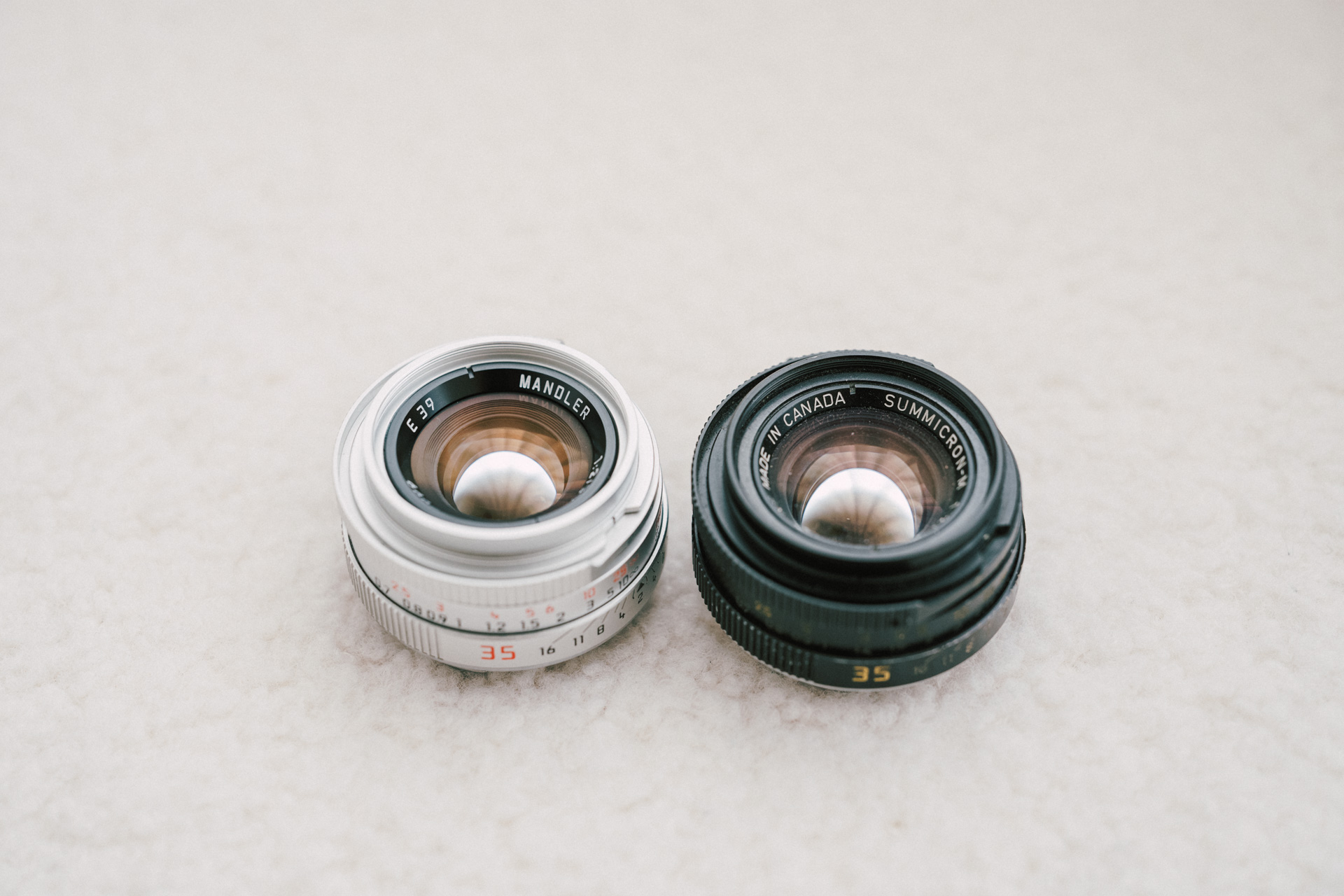
This is a comparison image of the coatings between the Mandler 35mm F2 and the six-element lens I have on hand, and they appear to be quite similar. The Mandler 35mm F2 is based on the same glass parameters as the seven-element version, with in-depth analysis and reconstruction of the purple-gold coating characteristics, which enhances image quality and color depth. When facing direct sunlight, although its performance isn’t as legendary as the Zeiss T* coating, it doesn’t produce ghosting spots in the image either. Overall, its flare resistance is already excellent.

If converted to black and white, both the atmosphere and the details look really good.

。。。
。The lens offers extreme central sharpness.
In terms of optical performance, the Mandler 35mm F2 delivers exceptional wide-open image quality that is in no way inferior to the Leica 35mm F2 ASPH. However, it adopts a design that prioritizes higher central resolution at the expense of some edge sharpness, which is somewhat different from the traditional Leica seven-element lens that balances center and edge performance. This compromise is made to support the high-megapixel performance of modern cameras. However, unless compared side by side at high magnification, this difference is actually not very significant.

。。。
。Smooth and silky focusing experience
The focusing feel of the Mandler 35mm F2 is especially silky-smooth, allowing for precise control without any uneven resistance or stuttering. For photographers, this provides the most direct and tangible operational experience.

。。。
。Mandler 35mm F2 vs Leica 35mm F2
The nearly 50-year-old Summicron 35mm "six-element" lens that I personally own allows us to take a closer look at the differences between these two lenses. At first glance, the effects of the Mandler 35mm F2 and the Leica 35mm F2 six-element are quite similar—if I were asked to guess based only on the images, I honestly wouldn't be confident. However, by carefully comparing them, it's still possible to spot some differences between the two.
Mandler’s actual field of view is slightly narrower than that of the Leica, which means the true focal length of the Mandler might be a bit longer than 35mm.
.
Due to the more pronounced swirly bokeh characteristics, the bokeh balls produced by the Mandler lens are somewhat elliptical; in contrast, those from the Leica lens largely remain circular. However, the Leica shows a more obvious onion-ring effect—one can see textured edges within the bokeh balls—which, from another perspective, can slightly distract the viewer when found in the background.
.
The Mandler’s peripheral image sharpness is somewhat weaker than the Leica’s, but its central sharpness is generally well preserved. Officially, its center sharpness is said to be comparable to that of the 35mm F2 ASPH. Looking at both sample images, the central sharpness of each is very good, and neither is an absolute, overwhelming winner.
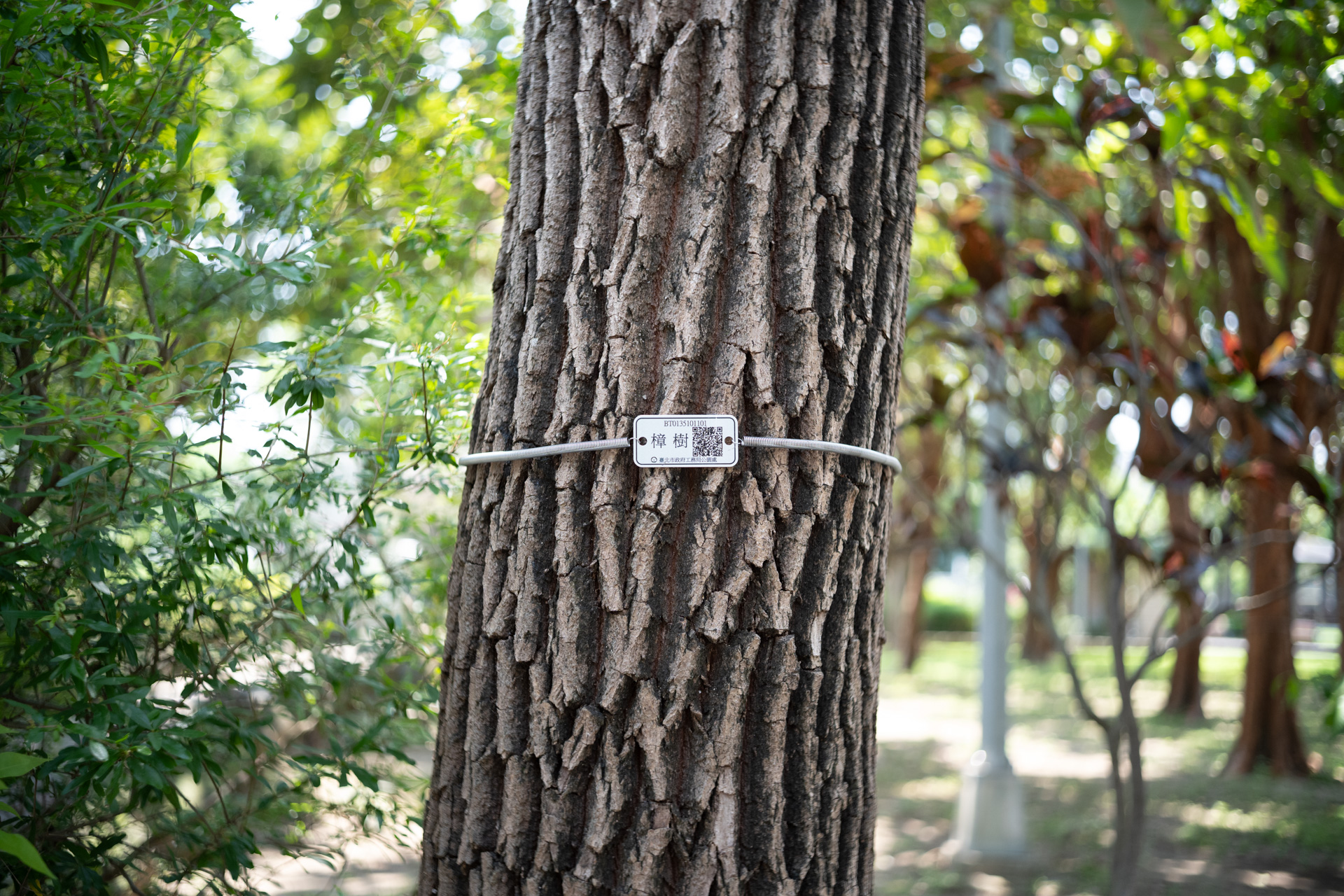

If you want to see more comparisons, you can download the original high-resolution images from the following link.
Comparison images between the Mandler 35mm F2 and the Leica 35mm F2 Summicron (six-element version).
。。。
。The happiness of having just one camera and one lens.
I wonder if you’ve ever felt this way—when you go out with nothing but the simplest lens, photography is no longer about the stress of making choices, but becomes pure enjoyment.
The compact Mandler 35mm F2 can serve as an effortless alternative to the Leica Summicron seven-element lens. Carrying it causes no stress at all, and holding it in your hand feels just like having a real Leica seven-element. Although it’s a reissue, letting friends who don’t own one yet experience the feel of the Summicron seven-element is also a delightful way to enjoy photography.


。。。
。Beyond the pursuit of the perfect lens, what else should we seek?
There are so many great lenses out there—sometimes the optical quality is so perfect that there’s almost nothing left to say, except maybe to talk about the price or the size. Lenses, to me, are like an artist’s brushes: each offers different effects and serves a different purpose. Sometimes, I want precise lines; other times, I prefer something with a bit of imperfection. At those times, what might be considered a flaw becomes a unique feature. Ultimately, it all comes down to how you, as the photographer, perceive it.
I quoted Stanly again because I think he perfectly expressed my own views as well.
sTanly
"I think a perfect lens is one that can create the mood I want; for me, technical image quality isn’t the top priority. This lens really fits what I’m looking for. Haha, and besides, its image quality is actually excellent—not at all like a toy lens.. "
Mandler 35mm F2
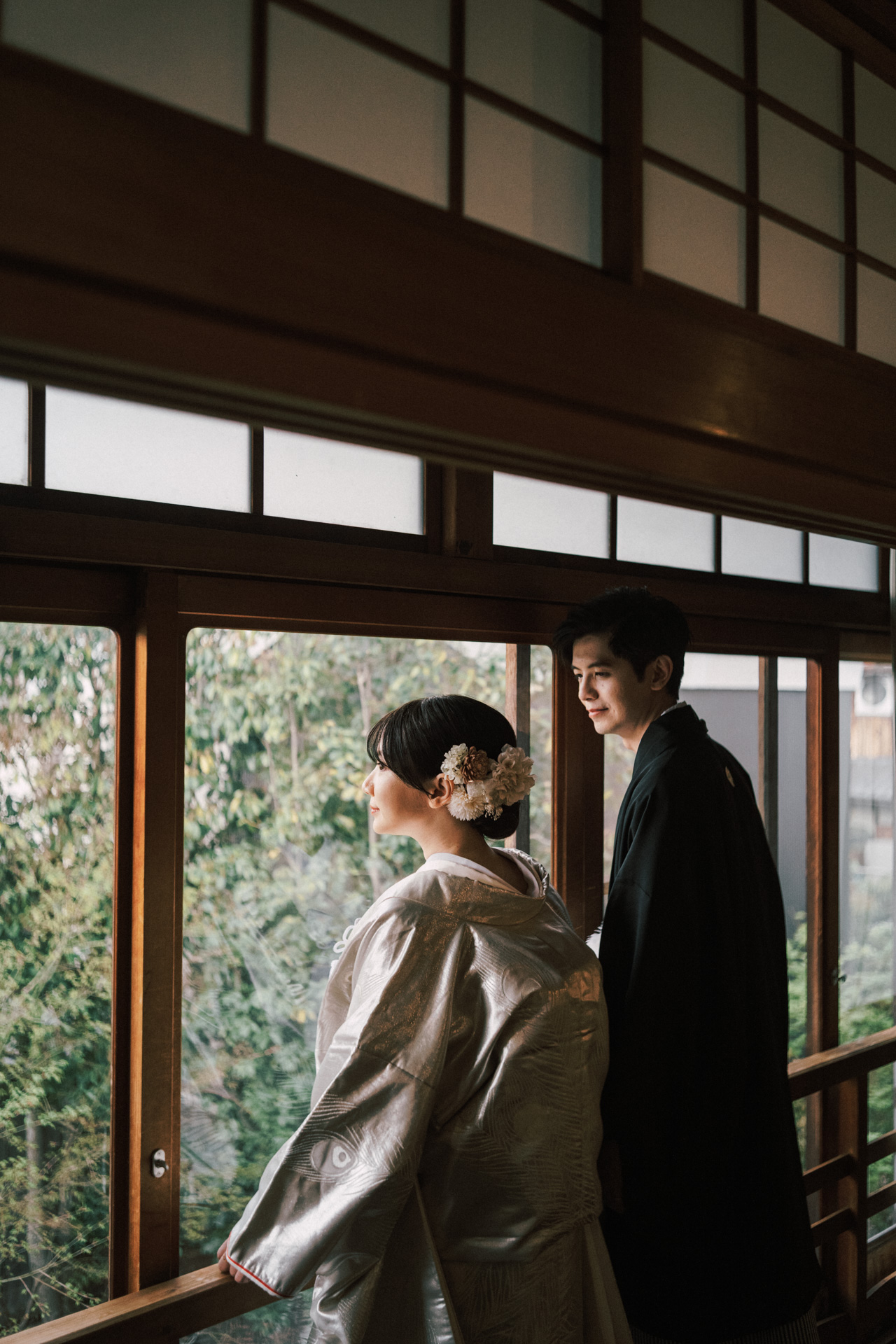
Just because I already own a top-tier lens like the Leica SL Summicron 50mm F2 APO doesn’t mean I’m not interested in trying out other options. I actually prefer to rely on my intuition when choosing lenses for my shooting plans.
Daran
"This is an artist’s lens."
Mandler 35mm F2
I think this is how I would describe the characteristics of the Mandler 35mm F2.
The wide aperture (F2) creates a dreamy, swirling effect;
the mid aperture (F4) is gentle and smooth,
while the small aperture (F8) renders images with elegance and delicate detail.
Like an artist, it can express a variety of styles—whether it’s the bustling city or the tranquility of nature. An interesting lens allows viewers to feel a unique atmosphere, making even ordinary scenes incredibly special.
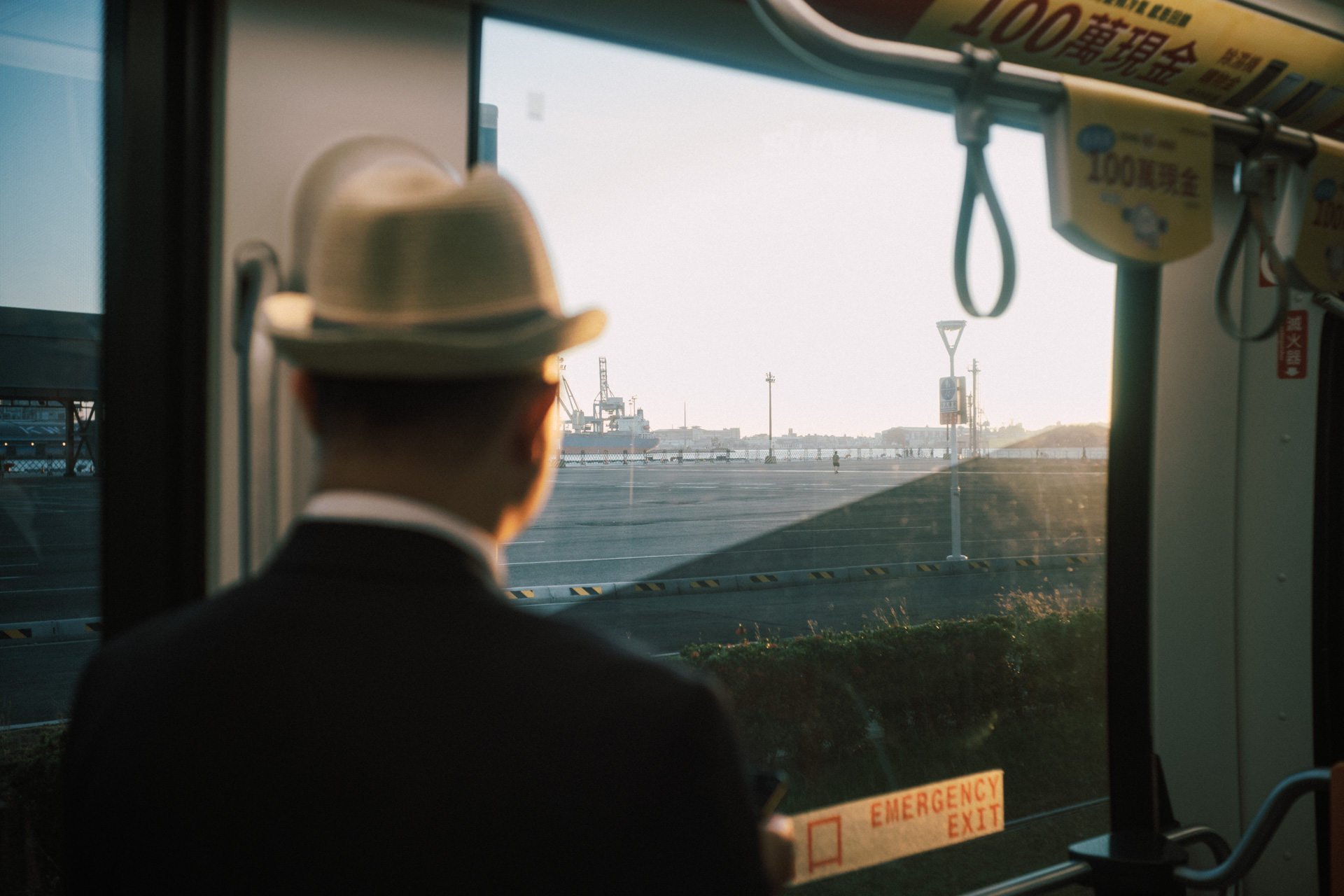
。。。
An affordable price makes your Leica dream come true.
The discontinued Leica Summicron 35mm “seven-element” lens is quite expensive, and a well-preserved one is even more unaffordable. For most people, this is a barrier that is not easy to overcome.

However, the Mandler 35mm f2 comes at a much more affordable price, allowing us to pursue and appreciate the unique character of the Leica “seven-element” lens even on a limited budget. For photography enthusiasts with limited funds, students, or those new to M-mount cameras, this is an extremely accessible and ideal choice.

。。。
Let the classics enter the soul of every photography lover.
As a traveler who loves to explore with a camera, I believe the beauty of photography lies not in the price of the equipment (though it just so happens that the ones I like are not cheap 😅), but in the fact that we pick up our cameras and truly see the world through the lens.
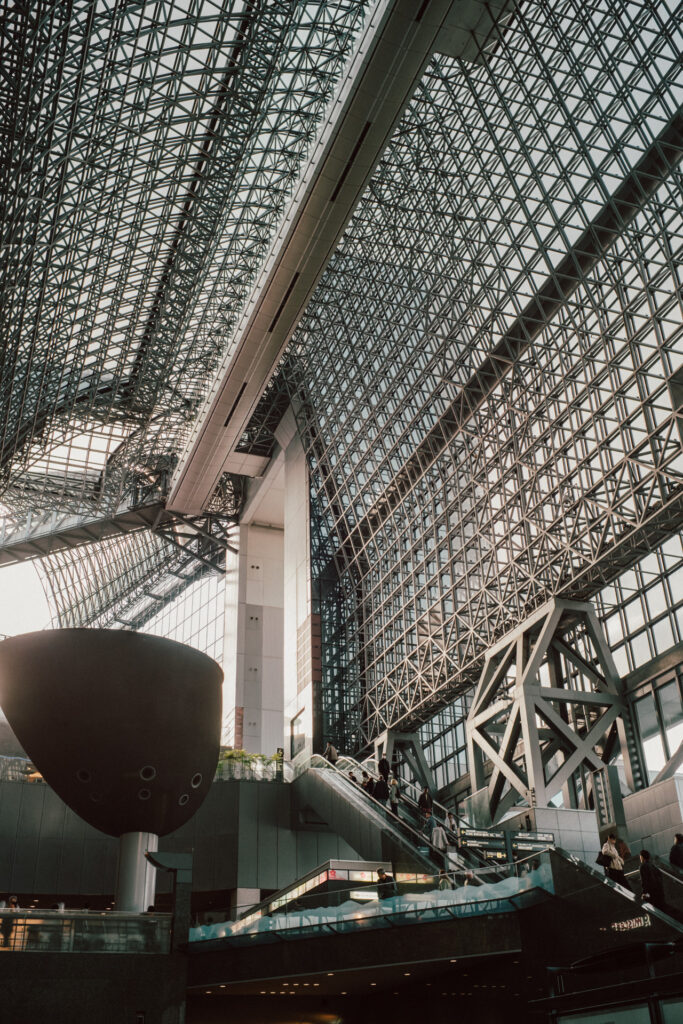

daran
"Photography, like the people and things we encounter in life, is something you have to experience yourself to truly understand its essence. "
Mandler 35mm F2
The original is a true classic. If you’re lucky enough to find a reasonably priced and well-preserved version of the Summicron 35mm “seven-element” lens, go ahead and make it your own Leica seven-element (the eight-element and six-element versions are also great—and even more affordable!). Photography is like the people and things that come and go in life; only by experiencing them yourself can you truly understand their unique flavors. And the path to “classics” is definitely one that every photographer is bound to walk at some point.
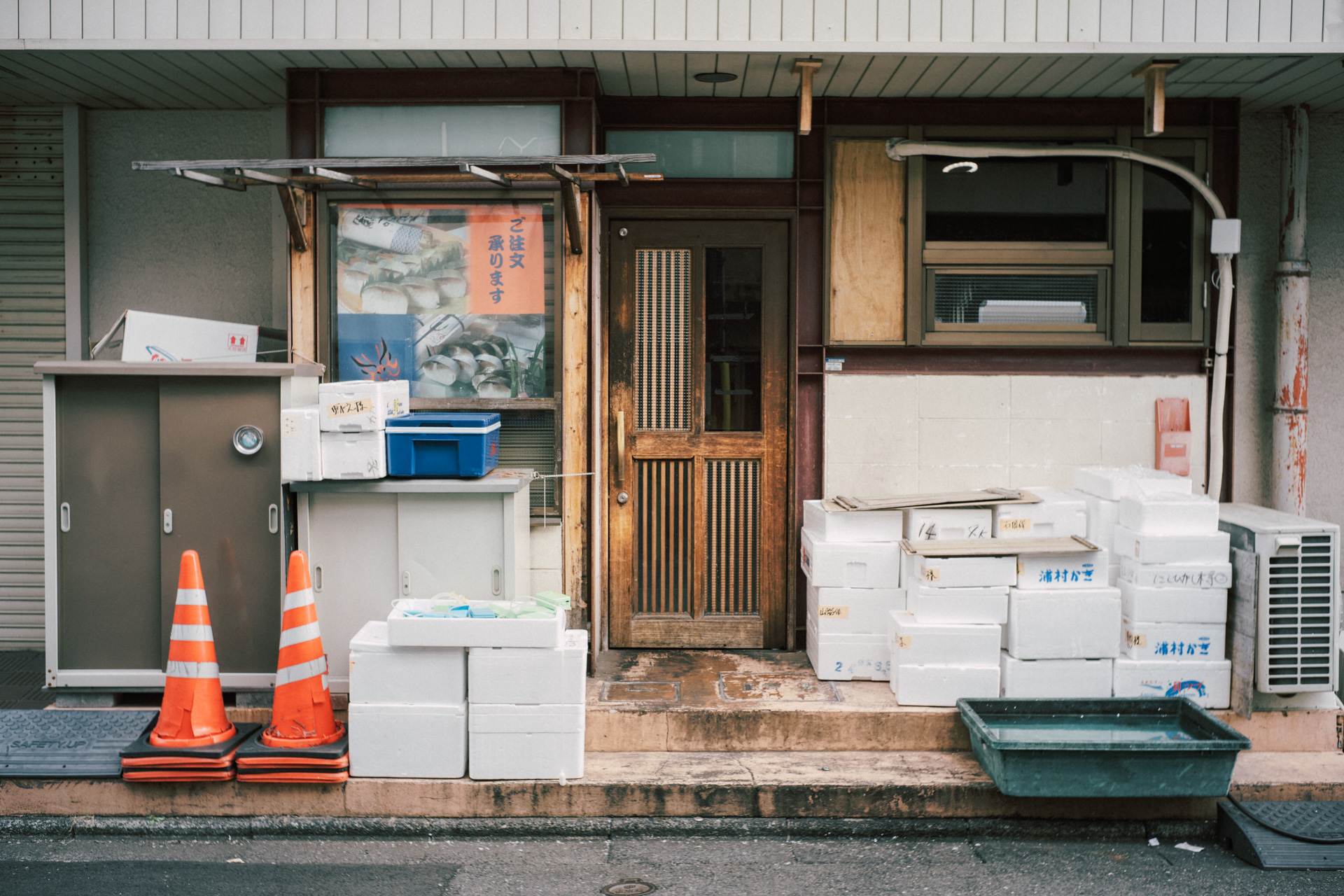
If you’ve always longed for the classic bokeh and atmosphere of the Leica 35mm Summicron “Seven-Element,” but have a limited budget or aren’t sure if its rendering is truly to your taste, why not consider trying the Mandler 35mm f/2? Whether you’re shooting street photography, documenting your travels, or creating portraits, this lens is sure to bring you some delightful surprises.
Enjoy the charm of classic optics at an affordable price—the Mandler 35mm f/2 is the perfect starting point for making your Leica dream come true.
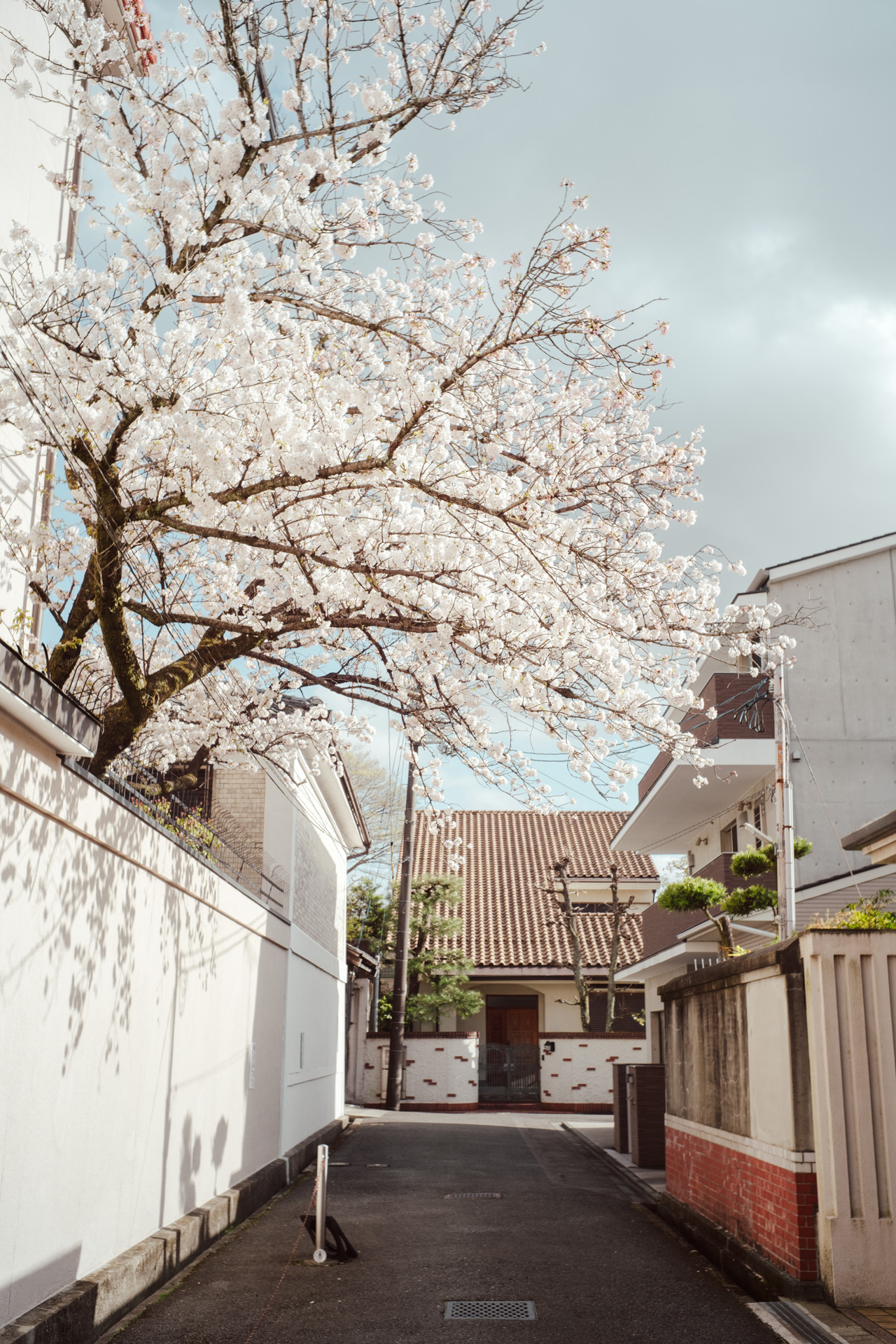
Feel free to leave a comment and share your thoughts on this lens. I’m also looking forward to seeing the amazing works you create with the Mandler 35mm f/2!
Related links:
Some photo style profiles - CameraForest HColor Preset - Fuji Film
。。。
nyc 2025
The Person Behind The Lens
"If you love the interplay of light and shadow, then you definitely need to visit New York in person."
This is a private trip. I have brought my Leica M240 and Leica SL3s to New York, a city that I'm somewhat familiar with and nostalgic about. I originally brought three lenses, but after mounting the Mandler 35mm F2, I just can't take it off. Perhaps this is a 35mm perspective challenge, using different viewpoints to portray the people beneath the lens.
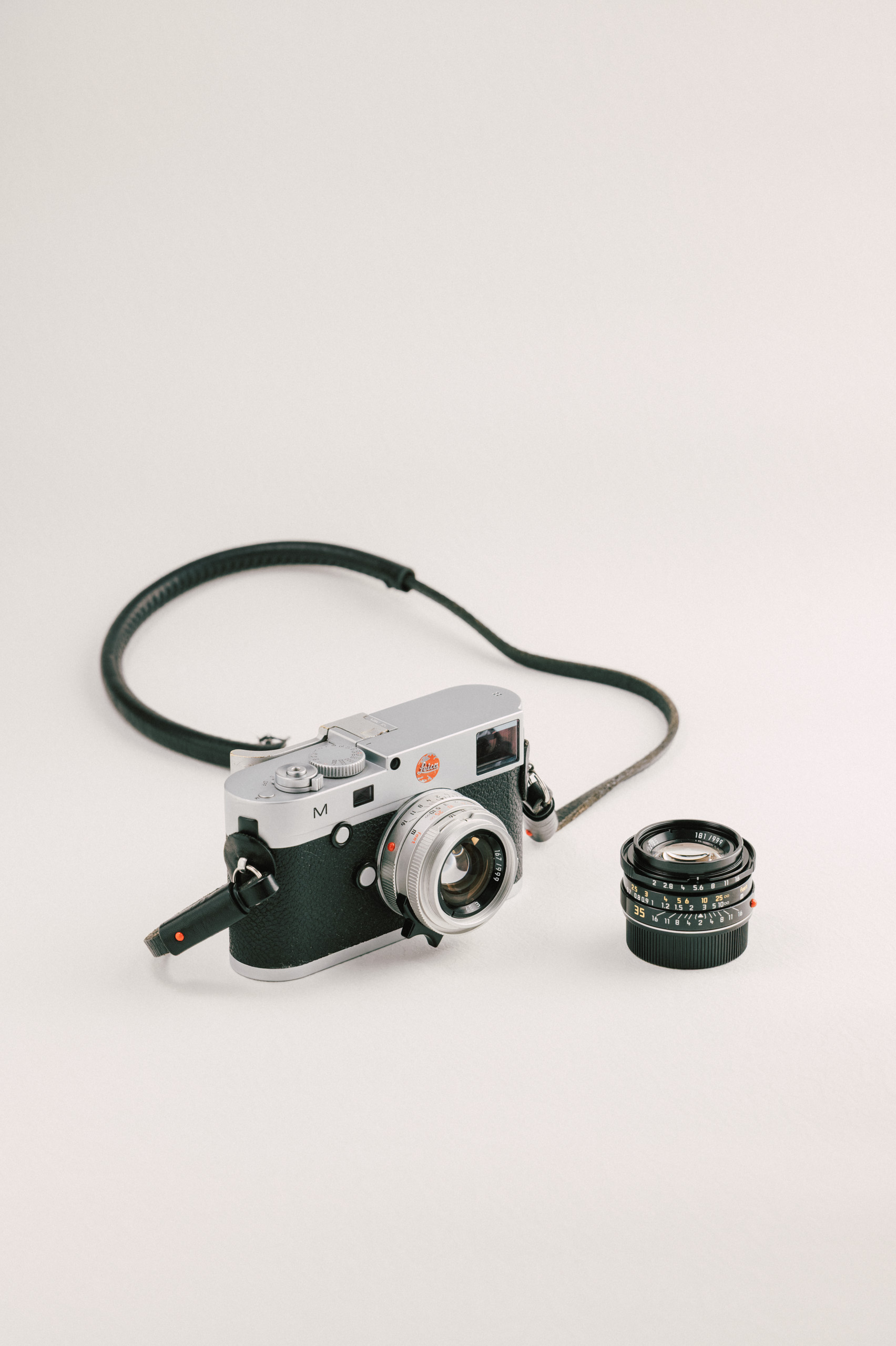
Official Release
Check Out Our
Starts From:
NT $12,800
Open Sale
We are very pleased to announce that the Mandler 35mm f2 has officially arrived in Taiwan. If you want to experience the charm of the recreated seven-element design, the first batch is limited in quantity, so hurry and click the link below~
.
(For regions outside Taiwan, please contact us first)
.
We look forward to sharing the wonderful moments brought by this excellent lens with you!
。。。
Share this story


